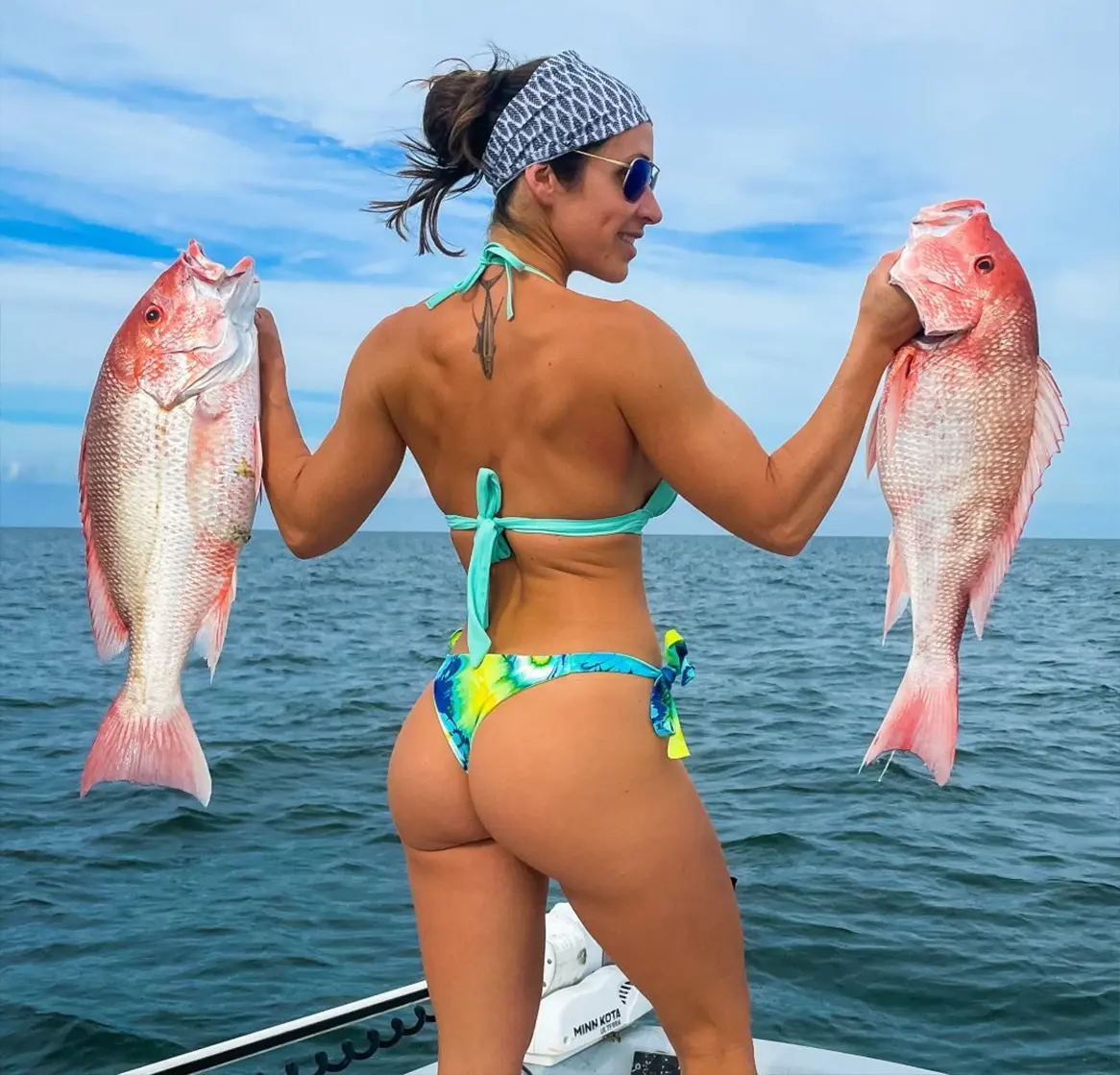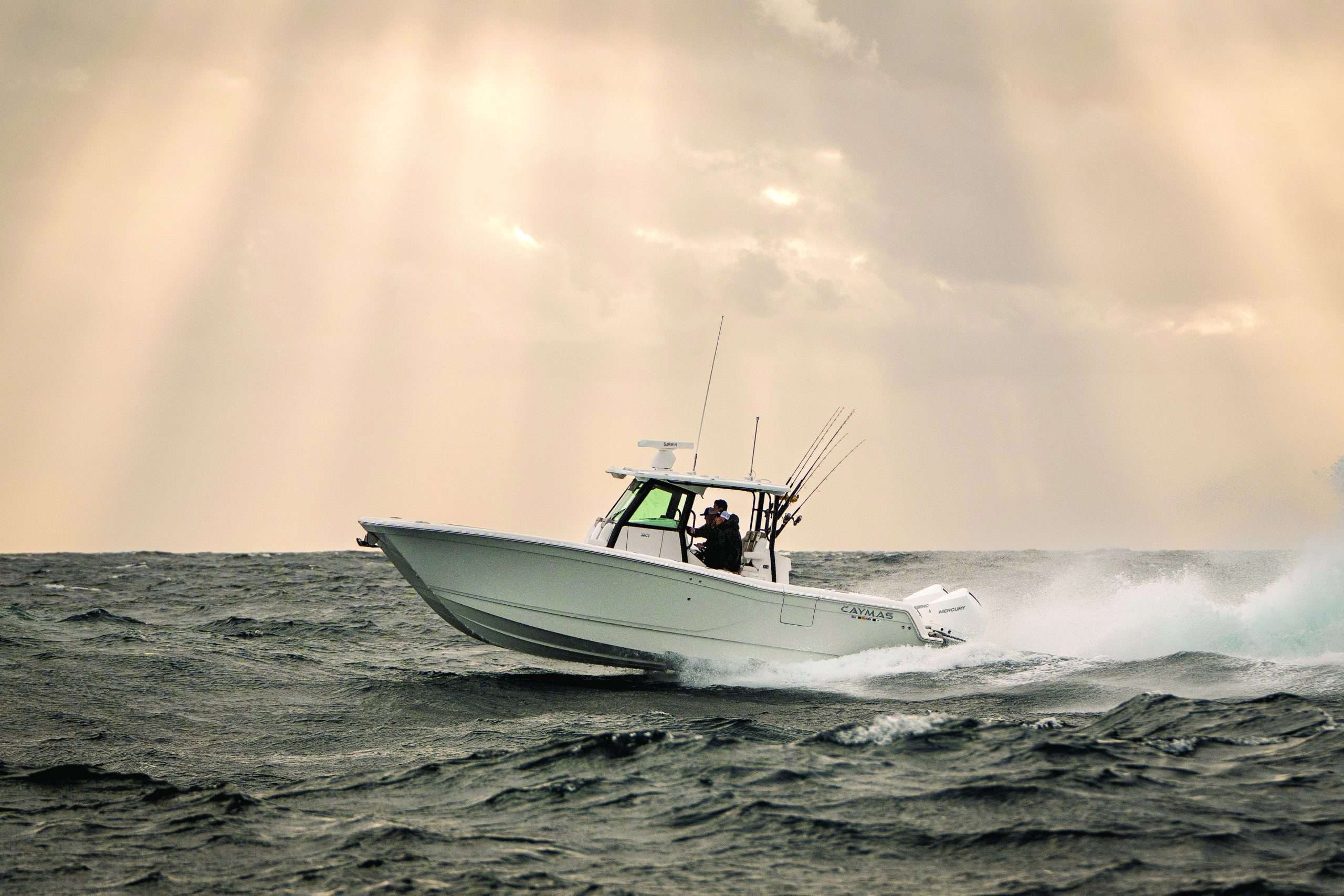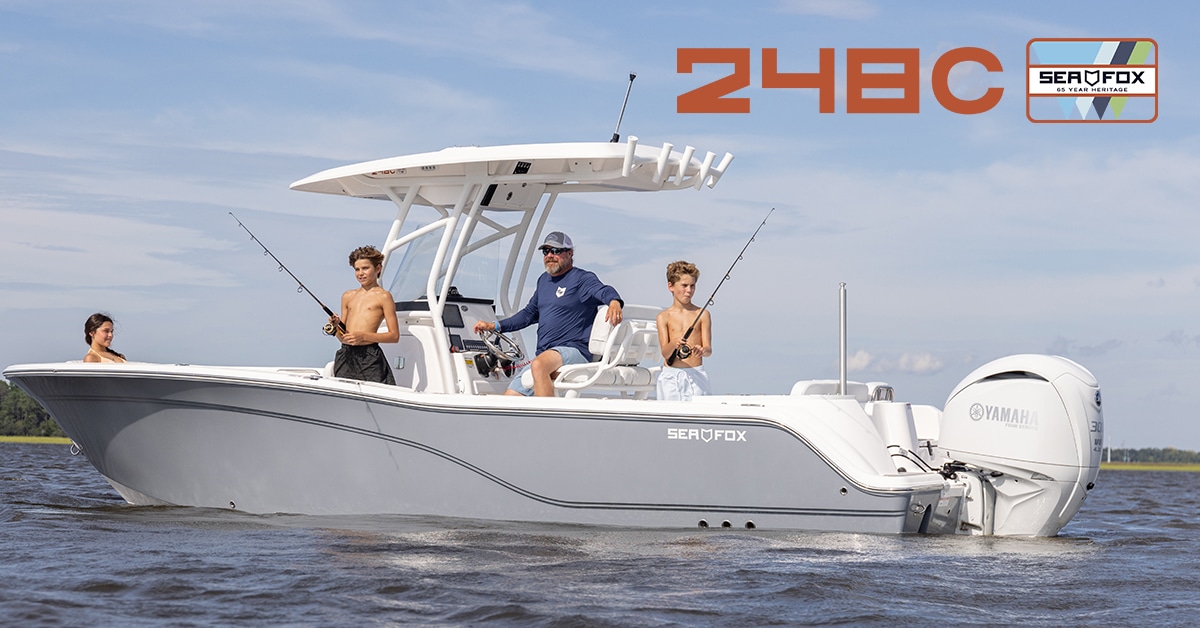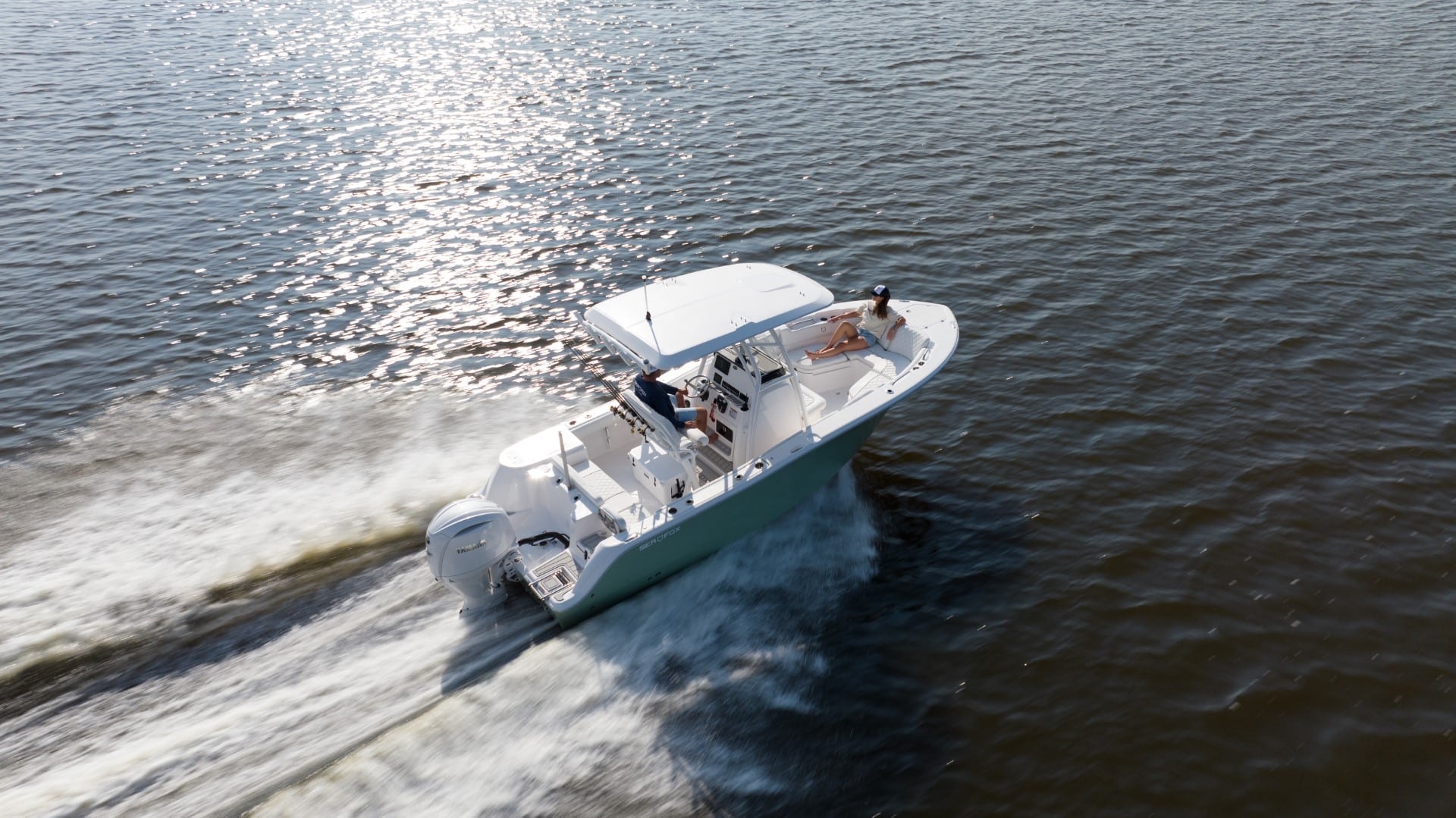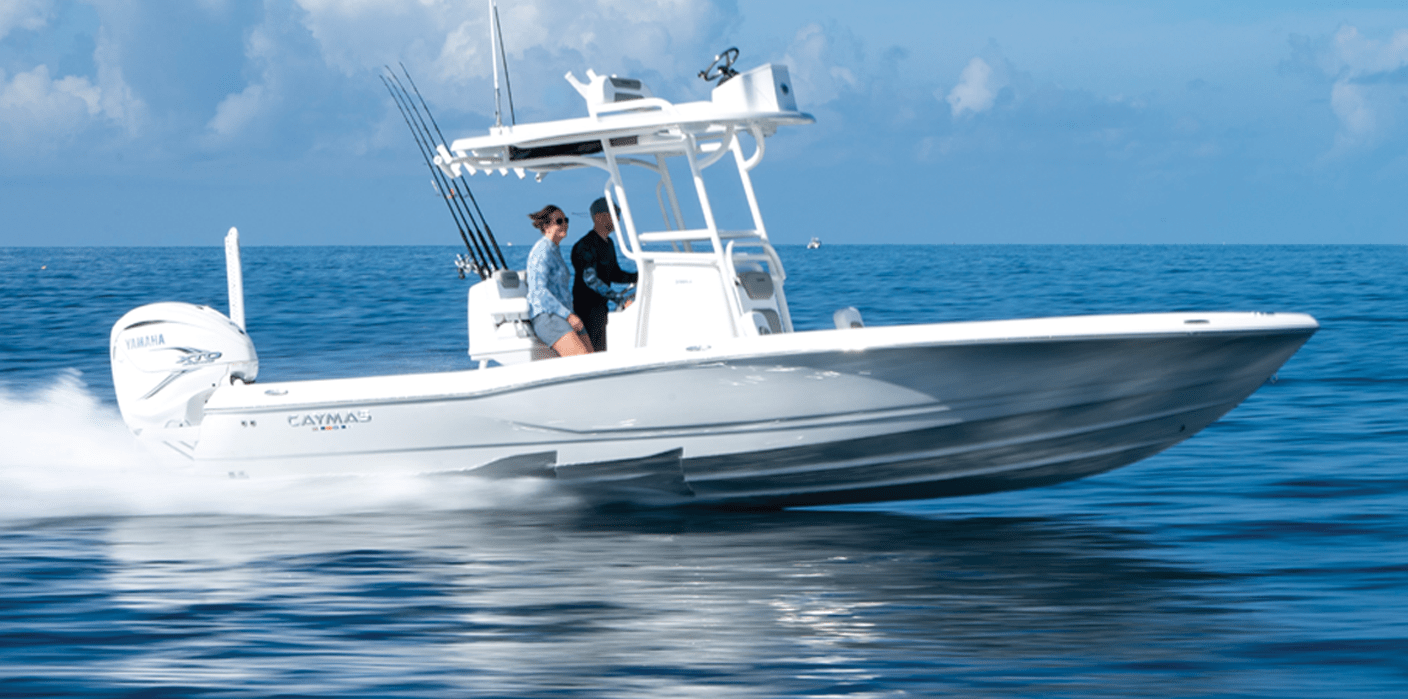Index
1 Prime Fishing Seasons in Florida
2 Key Regions of Florida: Best Fishing Times
2.1 Gulf Coast
2.2 Atlantic Coast
2.3 South Florida
2.4 Florida Keys
3 Florida Freshwater
4 Florida Species Break Down: Best Times & Seasons
4.01 Sailfish
4.02 Marlin
4.03 Tuna
4.04 Wahoo
4.05 Snook
4.06 Tarpon
4.07 Mahi Mahi
4.08 Bonefish
4.09 Flounder
4.10 Redfish
4.11 Weakfish & Sea Trout
4.12 Grouper
4.13 Snapper
4.14 Sharks
4.15 Largemouth Bass
4.16 Alligator Gar
4.17 Crappie
4.18 Peacock Bass
5 Booking a Guide or Charter in Florida
5.1 Exploring Inland Waters
5.2 Lake Okeechobee
5.3 The Value of a Guided Fishing Experience
6 Best Season for Charters
7 Best Time of Day for Fishing Charter
8 Are Charters Required to Catch Fish in Florida?
Prime Fishing Seasons in Florida
Florida stands as a beacon for anglers around the globe, offering an unparalleled sportfishing experience. The key to maximizing your haul lies in timing your expedition perfectly. So, when exactly are the golden windows for fishing in Florida’s diverse waters?
For saltwater enthusiasts, the prime months stretch from April to September, presenting optimal conditions for a fruitful catch. Freshwater fishing, on the other hand, hits its stride from spring through November, with each Floridian gamefish species boasting its own peak season.
Given this abundance of fishing prospects, pinpointing the ultimate fishing timeline in Florida can seem daunting. This article aims to demystify that challenge. We’ll navigate through Florida’s five main fishing regions and delve into the habitats of its most sought-after species, both in the briny deep and inland freshwater realms.
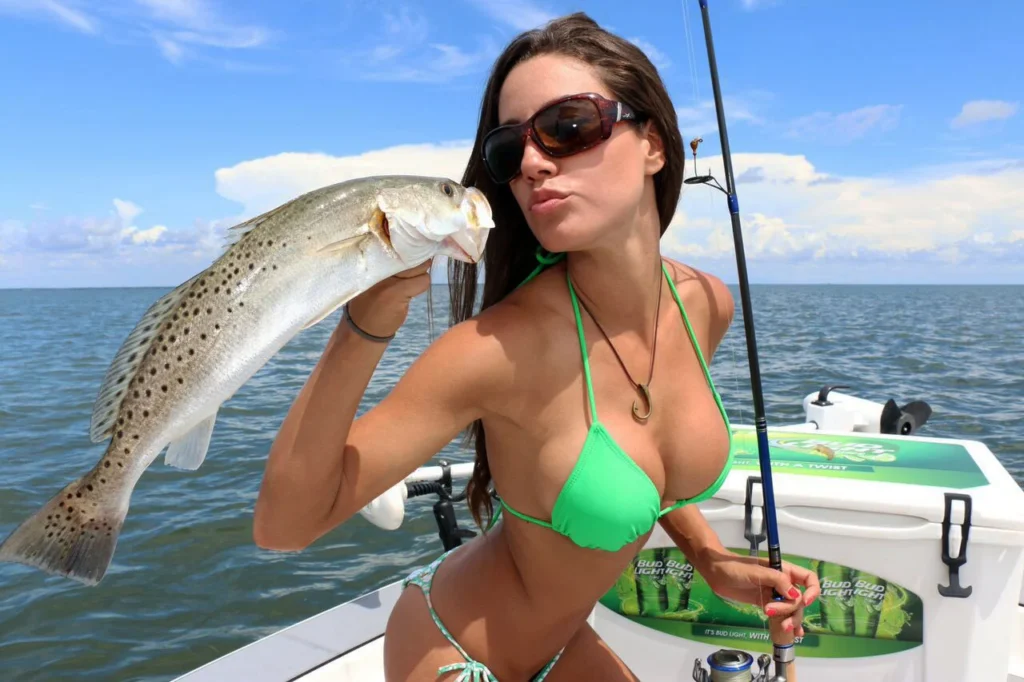
Key Regions of Florida: Best Fishing Times
Gulf Coast (includes Central FL and the Panhandle)
The Gulf Coast of Florida, encompassing renowned locales such as Pensacola, Destin, and Panama City, stands as a premier fishing haven within the state. These cities not only attract tourists for their scenic beauty and vibrant culture but also for the exceptional fishing experiences they offer. Given their popularity, securing a spot on a fishing charter in these areas often requires booking several months ahead.
The optimal period for casting a line along the Gulf Coast spans from May to October. However, the allure of fishing in this region is not confined to these months alone. The Gulf Coast promises a rewarding fishing journey throughout the year, with the potential for a great catch varying based on the target species.
Venturing into the deep blue waters of the Gulf opens up thrilling opportunities to reel in prized catches such as mahi-mahi, wahoo, and snapper—each adding a splash of excitement to the fishing adventure. Closer to shore, the Gulf Coast’s freshwater bodies are a haven for anglers in pursuit of world-class bass and catfish, making it a versatile destination for both saltwater and freshwater fishing aficionados.
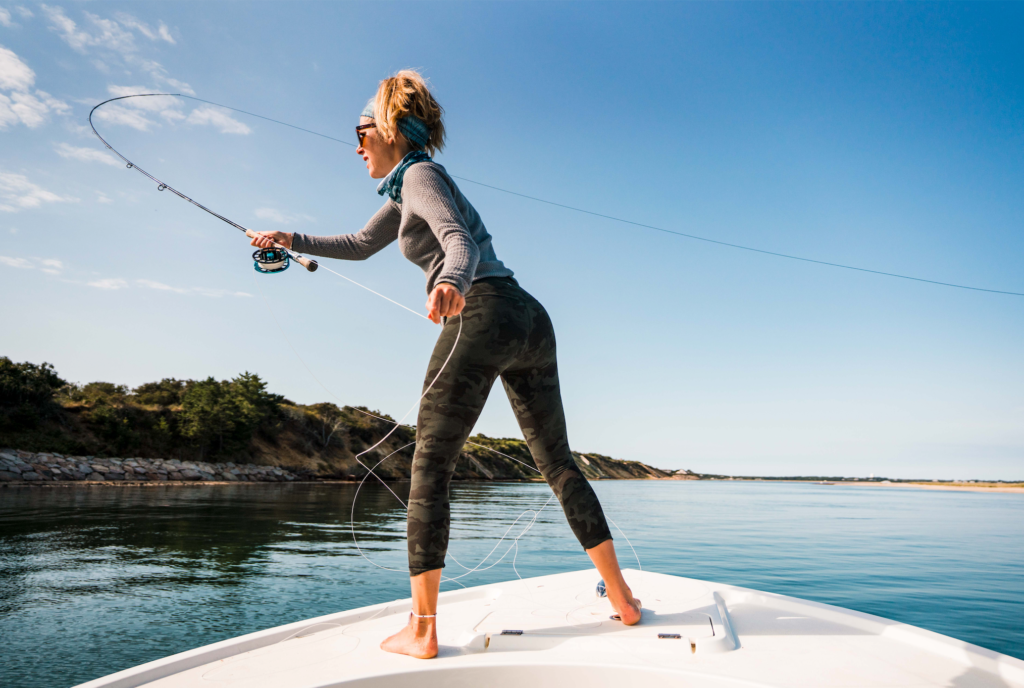
Atlantic Coast
Florida’s Atlantic Coast is caressed by the warm currents of the Gulf Stream, which approach within mere miles of the shoreline, creating a marine sanctuary teeming with a diverse array of saltwater species. Adding to this rich aquatic tapestry is the St. John’s River, which merges with the Atlantic near Jacksonville, further enhancing the region’s reputation as a fishing paradise.
The fall season, particularly October and November, is heralded as the prime time to explore the bountiful waters of the Atlantic Coast. It is during these months that the conditions align perfectly for a memorable offshore fishing experience. As the seasons turn, another peak period emerges in spring, offering a renewed opportunity for anglers to chase their next big catch.
For those drawn to the tranquility of freshwater fishing, the summer months shine as the ideal time to cast a line along the Atlantic Coast’s inland waters. Whether you’re navigating the flowing currents of rivers or exploring the serene lakes, the summer season promises an abundance of opportunities for freshwater anglers.
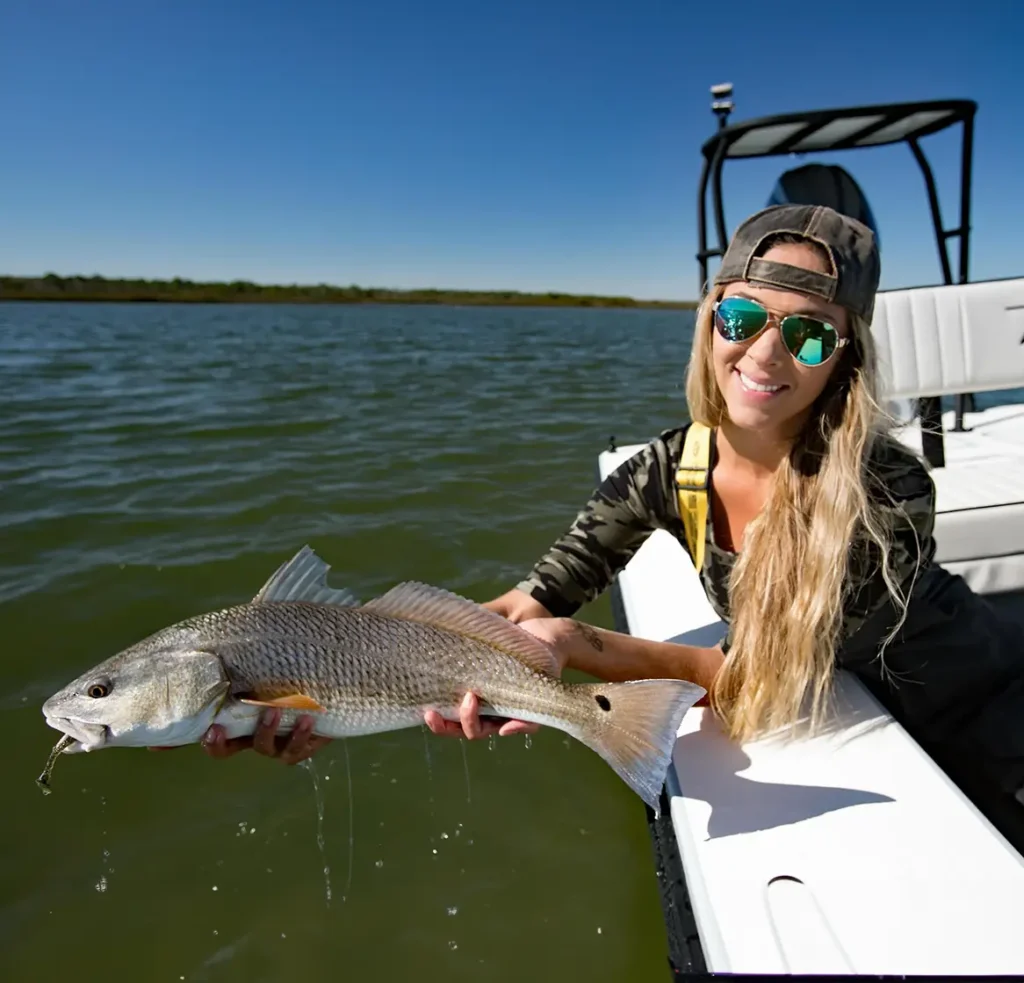
South Florida
South Florida stands out as an exceptional fishing destination within the Sunshine State, offering a unique confluence of the Atlantic Ocean and the Gulf of Mexico. This merging of waters crafts an ideal setting for anglers dreaming of hooking a majestic marlin or a swift wahoo in the open sea, while still being within a stone’s throw of premier inland freshwater fishing spots.
The pinnacle of fishing in South Florida is reached during the summer months. It is during this time that migratory species flock to the region, transforming its waters into a bustling hub of marine life. This seasonal influx makes summer an unrivaled time for both offshore and inshore fishing adventures, catering to the aspirations of every angler looking to make a significant catch.
Florida Keys
For those yearning for a tropical fishing escapade without crossing international borders, the Florida Keys beckon as an unparalleled destination. Revered by many as the sportfishing capital of the world, the Keys offer an extraordinary array of species, from world-record billfish to the elusive bonefish, ensuring a rich and diverse fishing experience.
The prime fishing season in the Florida Keys spans from April to October. This period is marked by an abundance of choice in terms of targeted species, whether you’re venturing into the deep blue in pursuit of formidable opponents or skimming the shallow flats for the stealthy bonefish and the mighty tarpon. Each cast in the Keys during these months promises a thrilling encounter, making it a peak time for anglers seeking both variety and challenge.
Florida Freshwater
Florida’s acclaim as the fishing capital of the world isn’t solely attributed to its saltwater treasures. The mainland is dotted with some of the most prolific freshwater lakes globally, boasting an impressive roster of species such as bass, crappie, catfish, and the formidable alligator gar. With an estimated 7,800 lakes spanning more than an acre each, Florida ensures that anglers are never far from an ideal fishing spot.
The allure of freshwater fishing in Florida is its year-round viability. Despite the potential for storms, the state’s gentle climate fosters excellent fishing conditions throughout the seasons. This consistent accessibility means that every day holds the potential for a memorable catch, making Florida a haven for freshwater anglers in search of both variety and abundance.
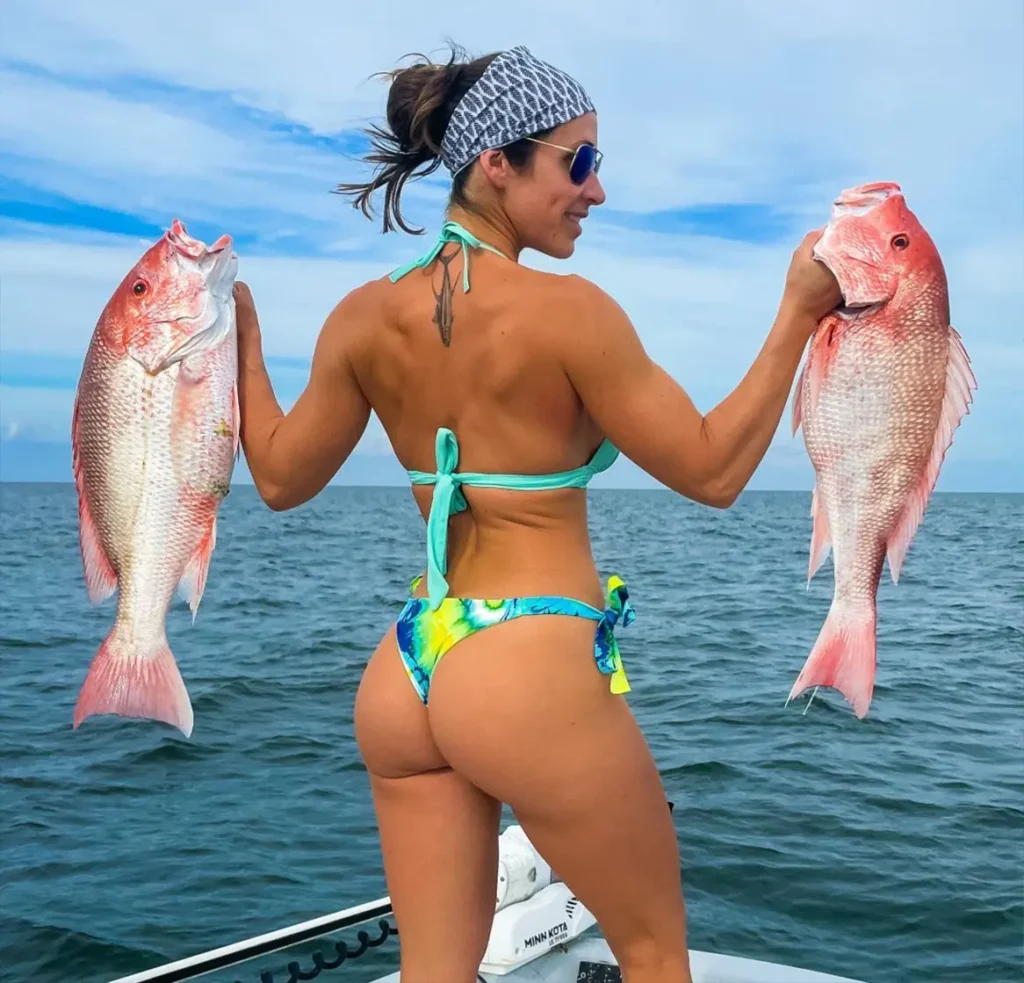
Florida Species Break Down: Best Times & Seasons
In this exploration, we delve into the crème de la crème of Florida’s fish species, dissecting the optimal seasons and prime locales for each. This guide aims to equip you with the knowledge to strategically plan your fishing expeditions, maximizing your chances of landing the prized catches that Florida’s diverse waters have to offer.
Sailfish
The pursuit of sailfish, often regarded as a pinnacle of sport fishing, is most rewarding during Florida’s winter months. The arrival of the season’s first cold front in November signals the beginning of the sailfish migration, starting in the Florida Keys and then progressing northward along the Atlantic Coast.
Sailfish Season Highlights
Optimal Season: Winter months, starting November
Prime Location: Florida Keys, extending up the Atlantic Coast
The Florida Keys emerge as the premier region for sailfish enthusiasts, offering relatively accessible waters teeming with these majestic fish. While sailfish are also coveted along the Atlantic Coast, their presence in the Gulf is notable but demands a significant journey, often beyond 45 miles offshore, to reach the deeper waters they favor.
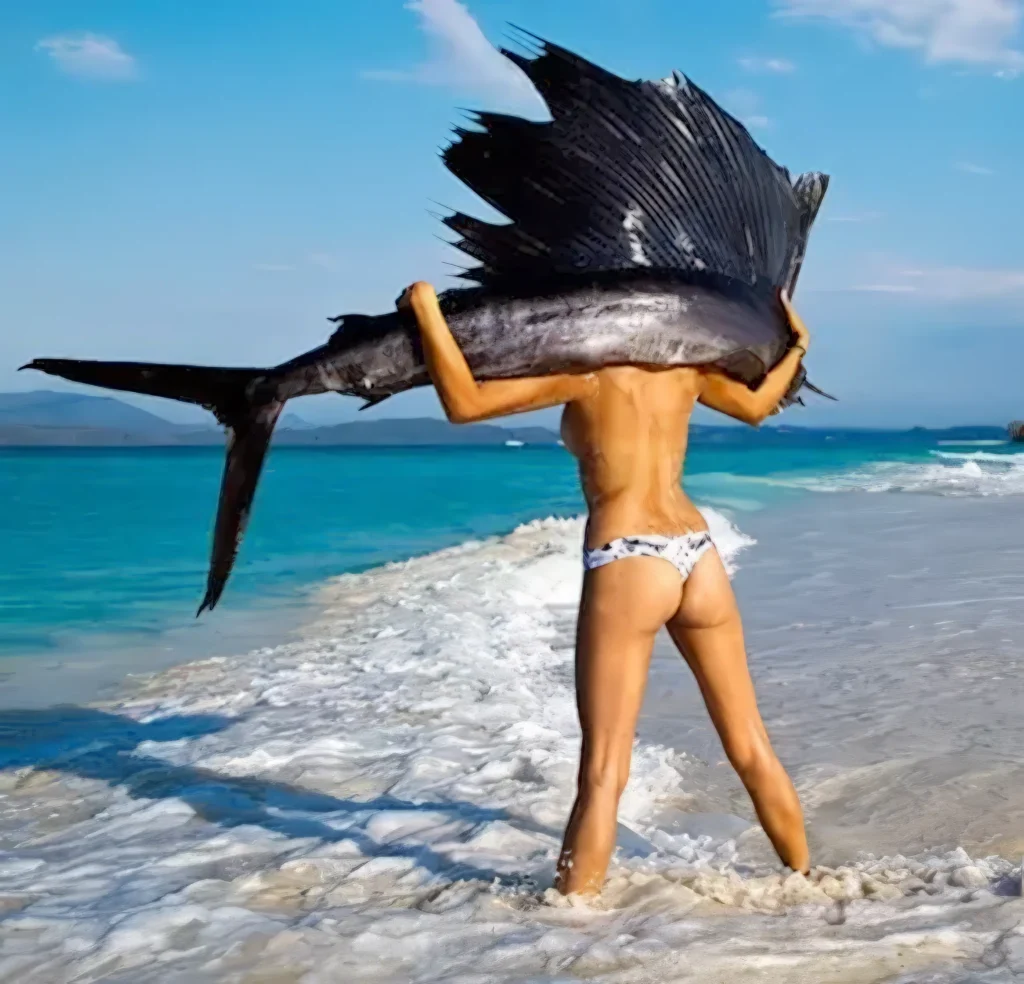
Off-Season Insights
Conversely, summer presents the least favorable conditions for sailfish in Florida. Despite this, determined anglers can still encounter sailfish in the deep offshore waters, far removed from the coast, where these fish retreat during the warmer months.
Marlin
Marlin fishing in Florida is an exhilarating challenge that peaks during the late summer to early fall months. The period from August to October is particularly bountiful, offering the highest chances of encountering these majestic billfish.
Marlin Fishing Insights:
Prime Season: August to October
Secondary Window: Late spring to early fall
Top Locations: Florida Keys and the Gulf Panhandle
The Florida Keys and the Panhandle region along the Gulf Coast stand out as the premier destinations for marlin enthusiasts. These areas are renowned for their deep waters and abundant marine life, providing the perfect habitat for marlin.
Off-Peak Considerations
Conversely, the winter season marks a significant downturn in marlin activity within Florida’s waters. As the temperatures drop, marlin migrate towards warmer climates, leaving behind a void for anglers seeking this prized catch.
Tuna
Florida’s waters are a treasure trove for tuna enthusiasts, home to an impressive variety of at least eight different tuna species. Among these, the yellowfin, blackfin, and skipjack tunas are particularly coveted by anglers for their spirited fight and delectable taste.
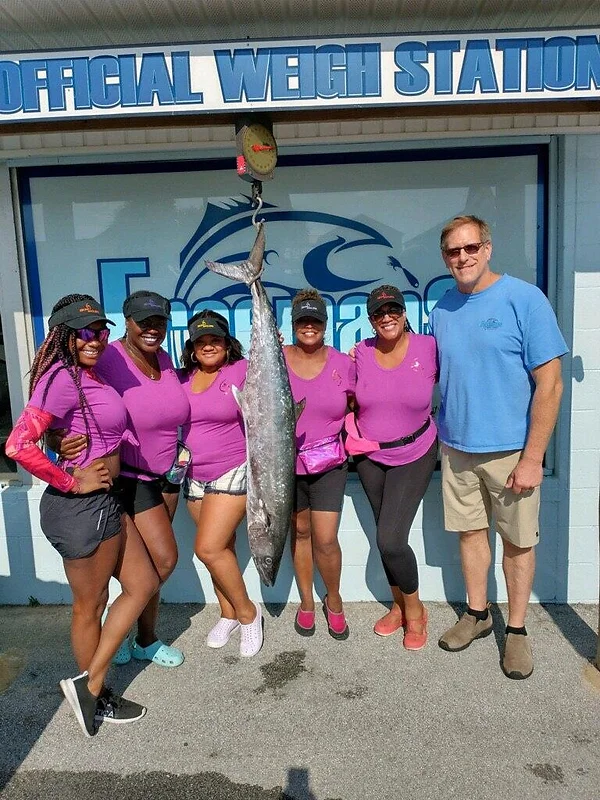
Tuna Fishing Highlights
Optimal Season: May to August
Prime Locations: Atlantic Coast and the Florida Keys
The best window for tuna fishing in Florida falls between May and August, a period when these powerful swimmers are most abundant and active. The geographical advantage of the Atlantic Coast, with its deep waters close to shore, makes it an ideal spot for tuna fishing, minimizing travel time to the preferred tuna habitats.
Location Insights
While tuna can be found on both the Gulf and Atlantic sides of Florida, as well as in the Keys, the Atlantic Coast offers a strategic edge due to the proximity of deep waters. This not only enhances the fishing experience but also increases the chances of a successful catch. The Florida Keys, with their unique underwater topography, also serve as a hotbed for tuna activity, providing ample opportunities for both seasoned and novice anglers.
Wahoo
Wahoo, renowned for its speed and elusive nature, is a prized catch among Florida’s angling community. While these sleek predators are present in Florida’s waters throughout the year, their activity and accessibility peak during specific times.
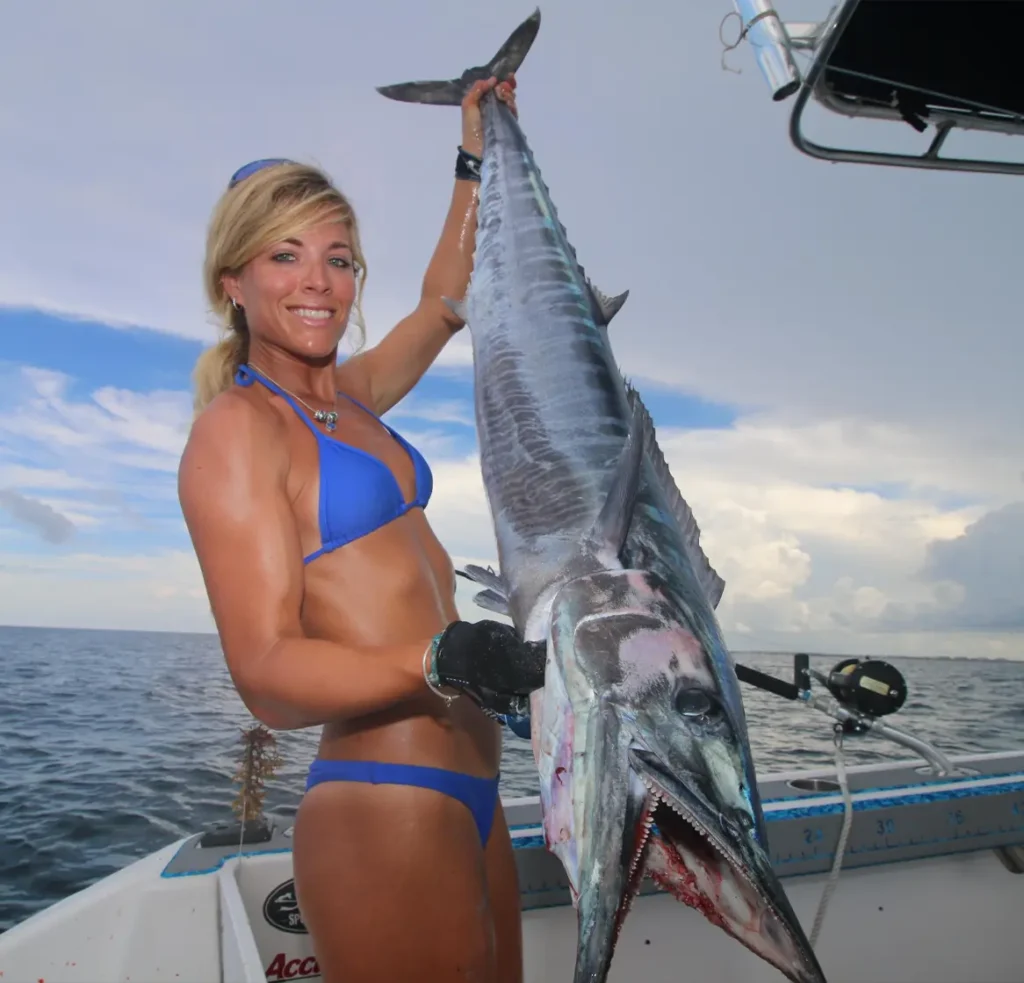
Wahoo Fishing Season
Peak Season: July and August
Key Influencer: Large tidal swings due to the moon’s proximity
The zenith of wahoo fishing in Florida is in the summer months, particularly July and August. During this period, the moon’s closeness to Florida amplifies the tidal swings, creating ideal conditions for wahoo fishing. These lunar dynamics stimulate the marine ecosystem, making wahoo more active and accessible to anglers.
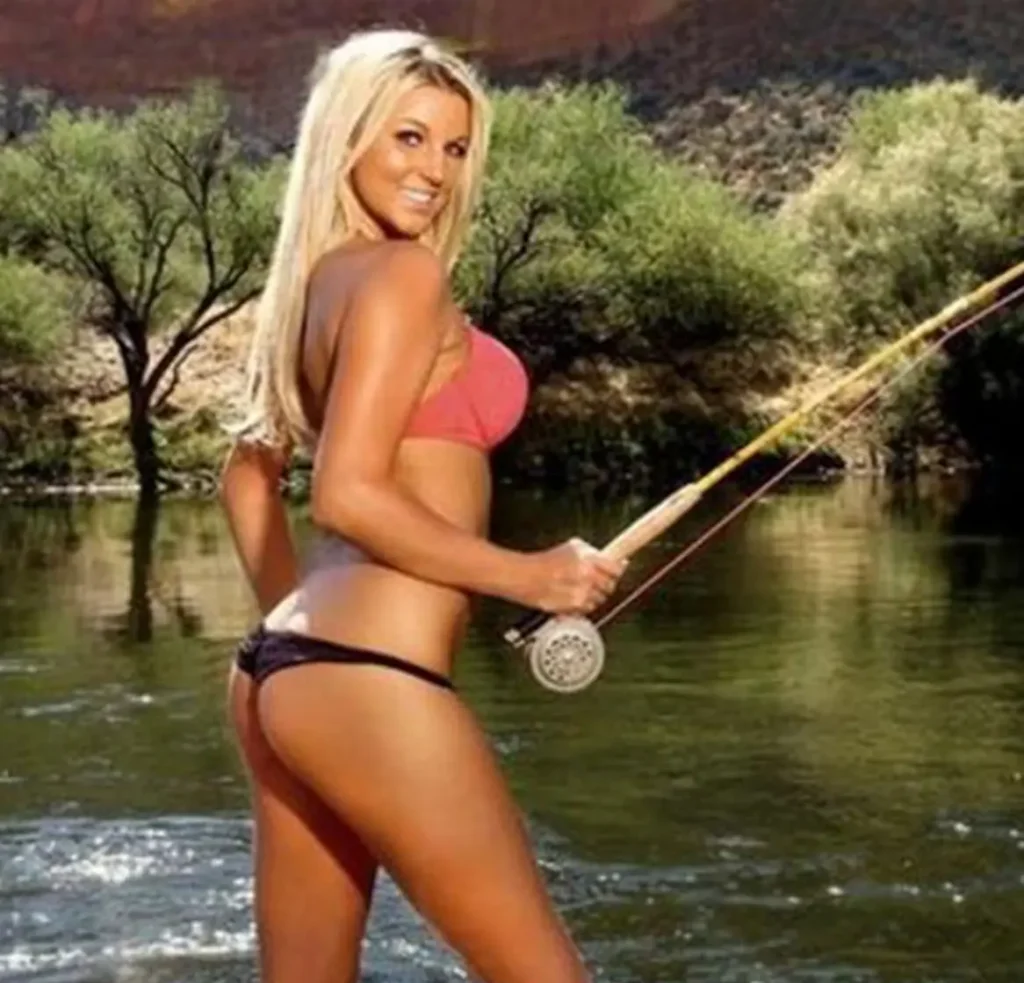
Prime Fishing Locations
Top Spots: Florida Keys and South Florida
The Florida Keys and the southern regions of Florida are hotspots for wahoo fishing, thanks to their fertile waters and the species’ preference for warm, tropical currents. The Keys, in particular, offer a rich hunting ground for those pursuing this fast-moving species.
Strategic Tips
Given the popularity of wahoo fishing and the number of anglers flocking to these prime locations, getting an early start is crucial. Being among the first to hit the waters can significantly increase your chances of a successful catch, allowing you to capitalize on the wahoo’s morning feeding habits before the areas become crowded.
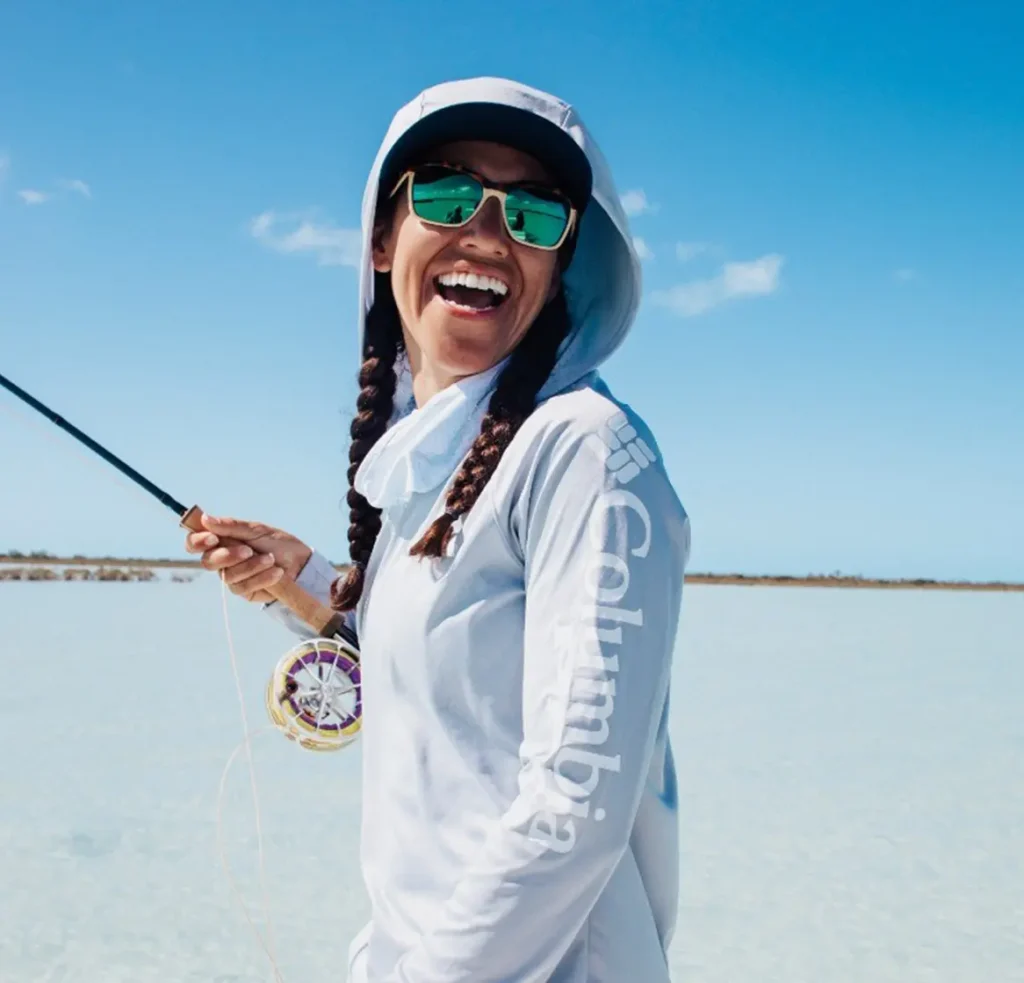
Snook
Snook, celebrated for its abundance and culinary appeal, is a cornerstone species in Florida’s vibrant saltwater fishing scene. This resilient fish is available to anglers throughout the year, thanks to its widespread population across the state’s waters.
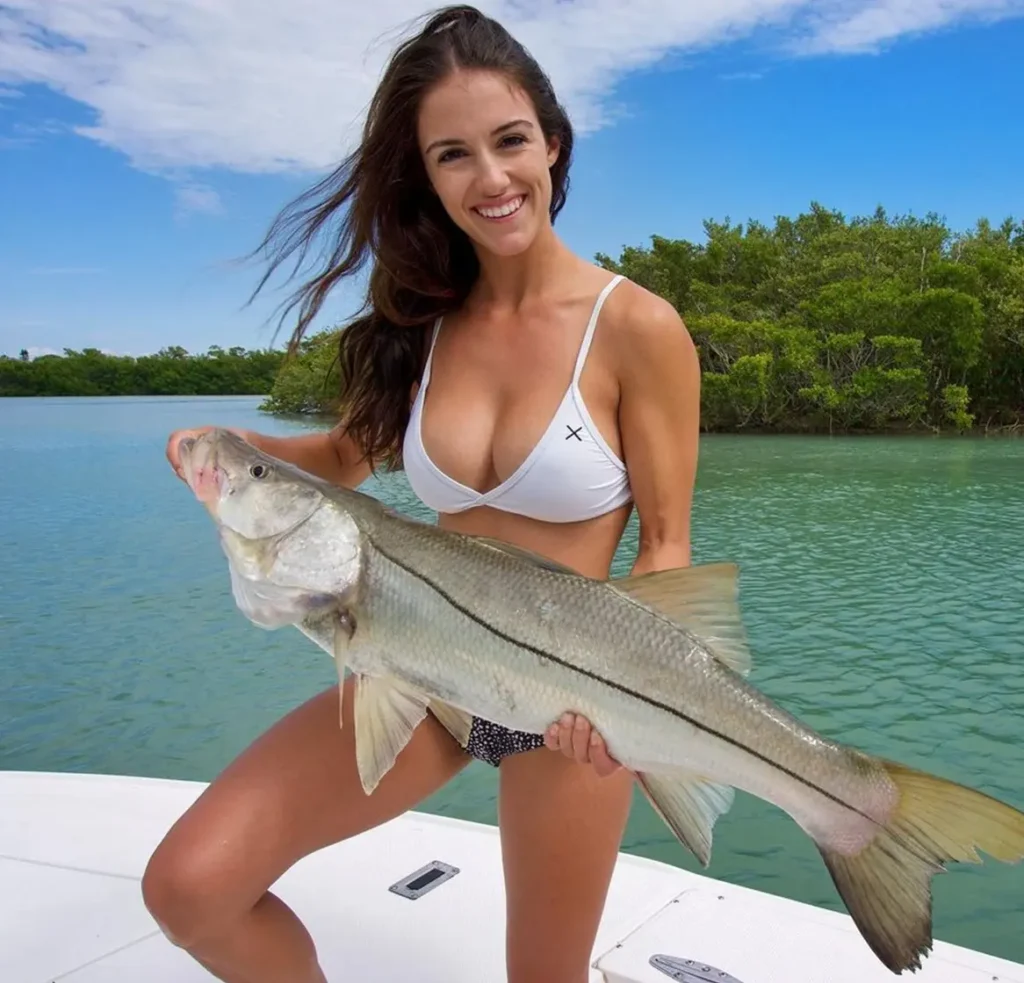
Snook Fishing Insights
Availability: Year-round
Prime Location: Snook Valley in Sarasota, Florida
While snook can be encountered across Florida, a standout destination for pursuing this species is Snook Valley in Sarasota. This area has earned a reputation as a premier spot for snook fishing, offering both abundant populations and an exceptional fishing experience.
Optimal Fishing Times
Best Time to Fish: Nighttime
The most opportune time to catch snook is during the night. This period sees shrimp, a favorite prey of snook, drawn towards the surface by artificial lights along docks and piers, sparking intense feeding frenzies. Anglers can capitalize on this behavior by fishing in well-lit areas, using live shrimp or lures that mimic their movement.
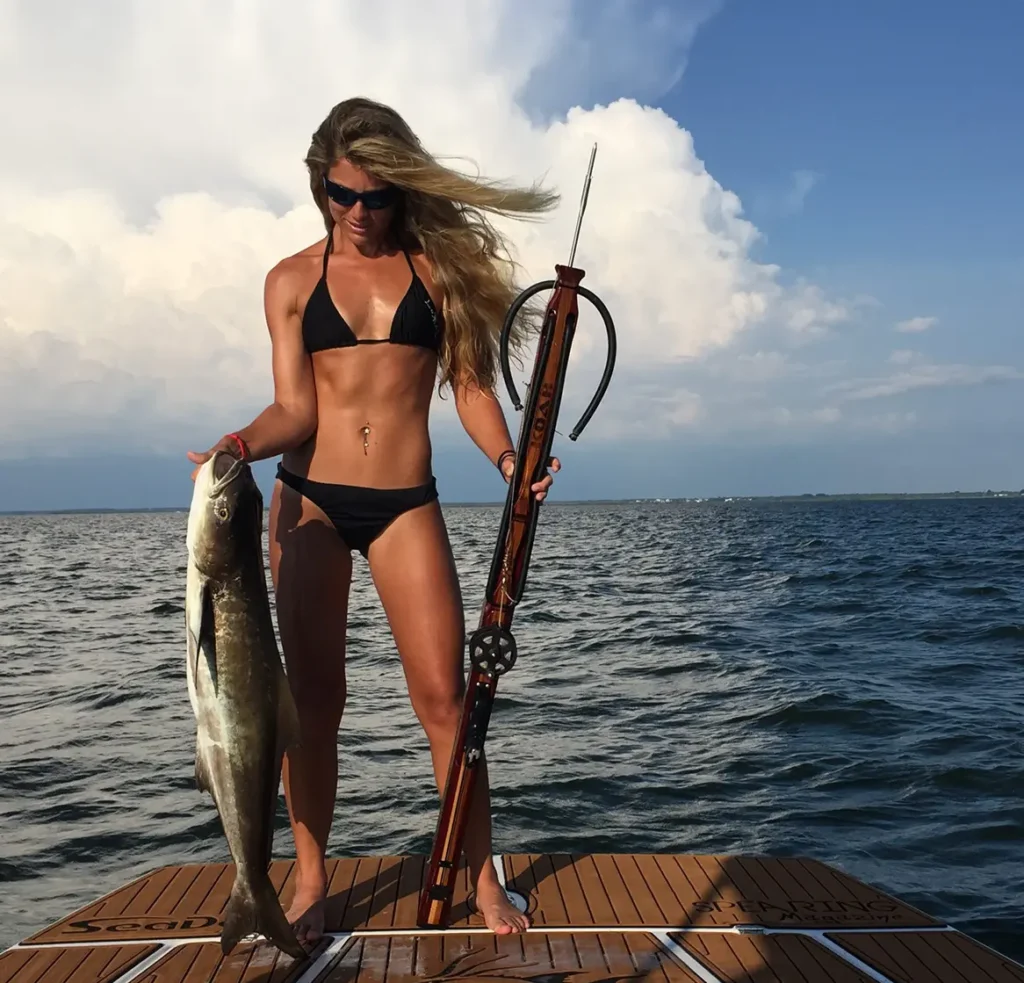
Pro Tips
To maximize your chances of success, focus on areas with strong light sources that attract shrimp and, consequently, snook. The spectacle of snook chasing their prey in the illuminated waters offers not only a higher chance of a catch but also an unforgettable fishing experience.
Tarpon
Florida’s balmy waters serve as an ideal haven for tarpon, affectionately known as the “Silver King” due to their majestic appearance and spirited battles. These fish draw anglers from across the globe, eager to experience the thrill of hooking one of the most acrobatic species in the angling world.
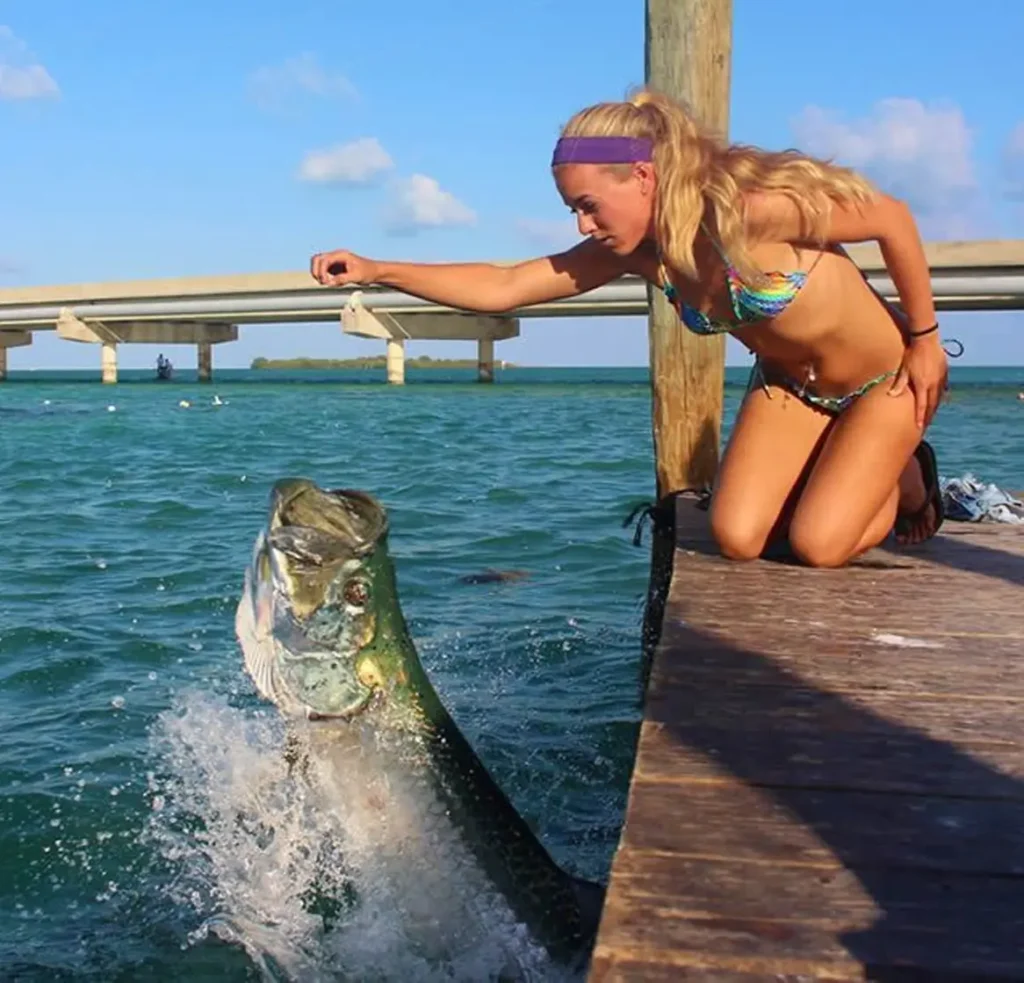
Tarpon Fishing Season
Optimal Period: Spring to Summer
Tidal Preference: Transition from high to low tide, as waters recede from flats and lagoons
The prime time for tarpon fishing in Florida spans from spring through summer, when these formidable fish are most active and congregated. This season aligns with their migratory patterns and spawning cycles, providing anglers with the best chances of encountering tarpon.
Premier Tarpon Destinations
Top Spot: Florida Keys
While tarpon are prevalent throughout Florida’s coastal waters, the Keys stand out as a premier destination. The unique geographical and ecological characteristics of this archipelago create an environment ripe for tarpon, especially during their peak season.
Fishing Tactics
Fishing for tarpon during the transitional tides, as the waters ebb from the flats and lagoons, can be particularly effective. This movement of water stimulates tarpon to feed, offering anglers a strategic advantage. Positioning in these transitioning areas and understanding the tidal patterns can significantly enhance the likelihood of a successful tarpon encounter.
Mahi Mahi
The vibrant and acrobatic dolphin fish, commonly known as mahi mahi, offers a colorful and exhilarating challenge for anglers traversing Florida’s waters. Renowned for their striking hues and spirited fight, mahi mahi are a favorite target for both novice and seasoned fishers alike.
Mahi Mahi Seasonal Insights
Optimal Fishing Season: November to September
Peak for Larger Mahi Mahi: Late April onwards
Mahi mahi are most plentiful in Florida from November through September, with the larger specimens typically making their appearance starting in late April. These months coincide with their migration patterns, as they follow the warm currents of the Gulf Stream, enhancing your chances of a notable catch.
Prime Locations for Mahi Mahi
Top Spots: Southeast Florida and the Florida Keys
The southeast corner of Florida and the Florida Keys are prime mahi mahi territories, offering fertile fishing grounds enriched by the Gulf Stream’s nutrient-rich waters. These areas are particularly favorable for encountering mahi mahi, ranging from the more common 10-20 pounders to the occasional trophy-sized fish tipping the scales at 50-60 pounds.
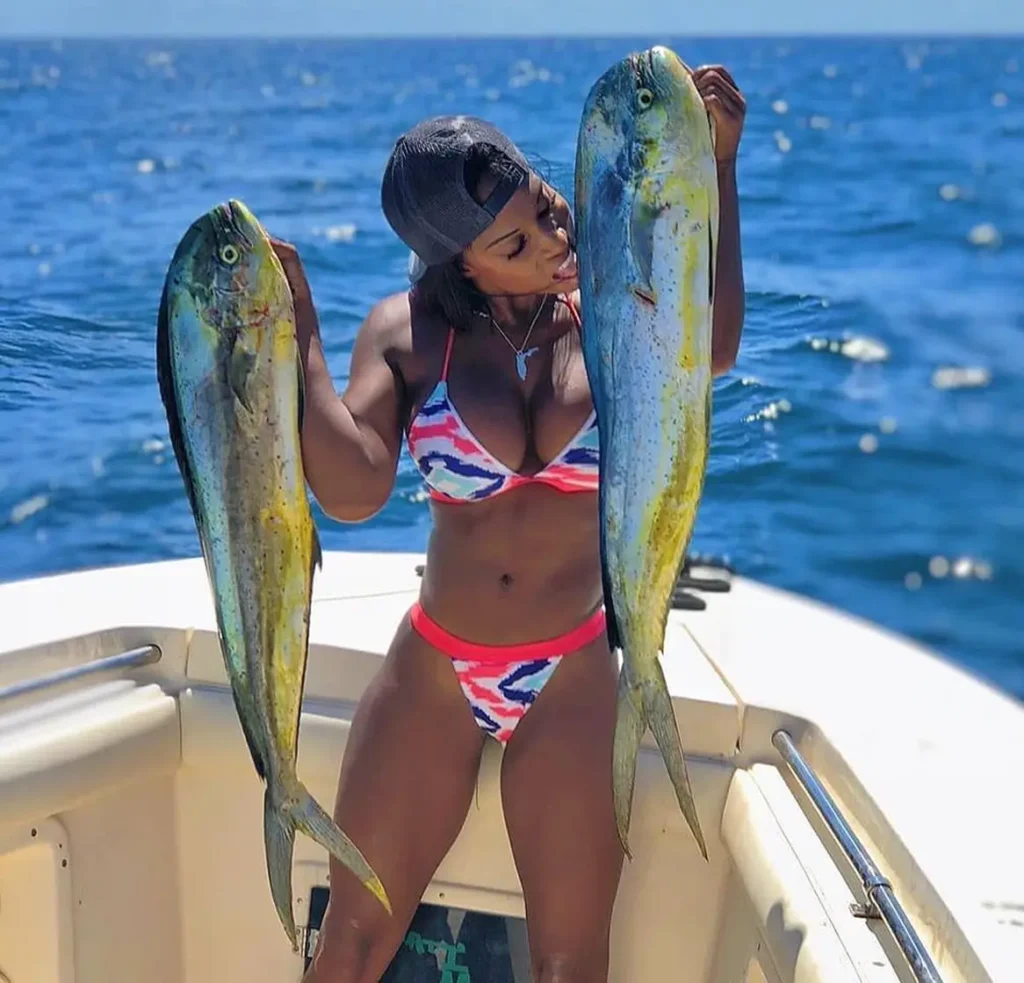
Considerations for Mahi Mahi Fishing
While mahi mahi can be pursued successfully for the majority of the year in Florida, the winter months mark a downturn in their presence. During this time, they migrate to warmer waters, making catches less frequent and typically of smaller sizes.
Bonefish
Bonefishing in Florida presents a unique blend of challenge and excitement, offering both seasoned and novice anglers a test of their finesse and patience. Known for their elusive nature and lightning-fast runs, bonefish require a strategic approach to successfully land.
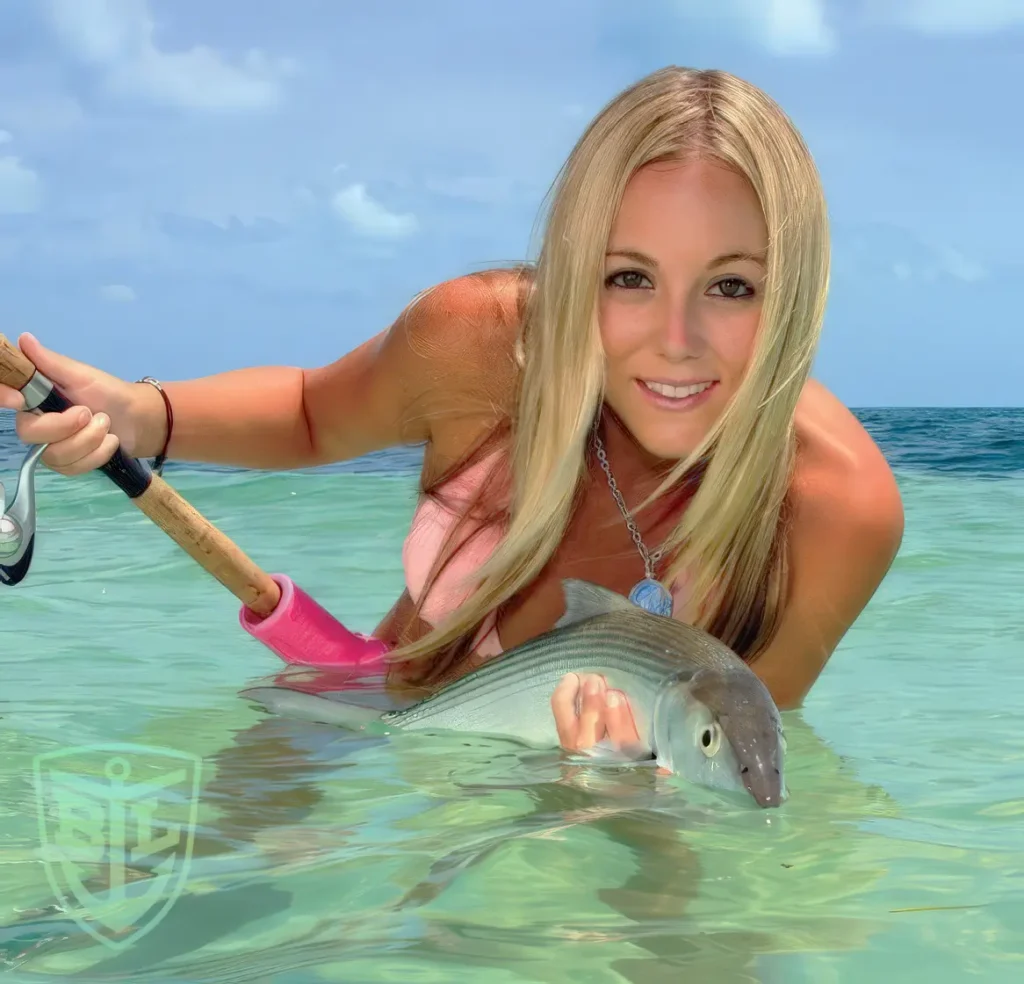
Optimal Bonefishing Season
Peak Season: April to October
Prime Location: Florida Keys
The prime months for pursuing bonefish in the Florida Keys stretch from April through October. During this period, the flats come alive with these silver ghosts, providing ample opportunities for anglers to engage in the thrilling chase that bonefishing is known for.
Off-Peak Considerations
Conversely, the winter season marks a downturn in bonefishing prospects. As temperatures drop, bonefish migrate to deeper, warmer waters, making them less accessible on the shallow flats. Additionally, winter’s lower water levels and reduced tides further complicate the pursuit of bonefish, as their preferred feeding grounds become less hospitable.
Flounder
Flounders, with their unique flat bodies and eyes that seem to defy nature’s blueprint, hold a special allure in Florida’s diverse fishing landscape. Despite being less frequently discussed than their flashier counterparts, flounders are a prized catch for those in the know, particularly due to their delectable taste and the intriguing challenge they present to anglers.
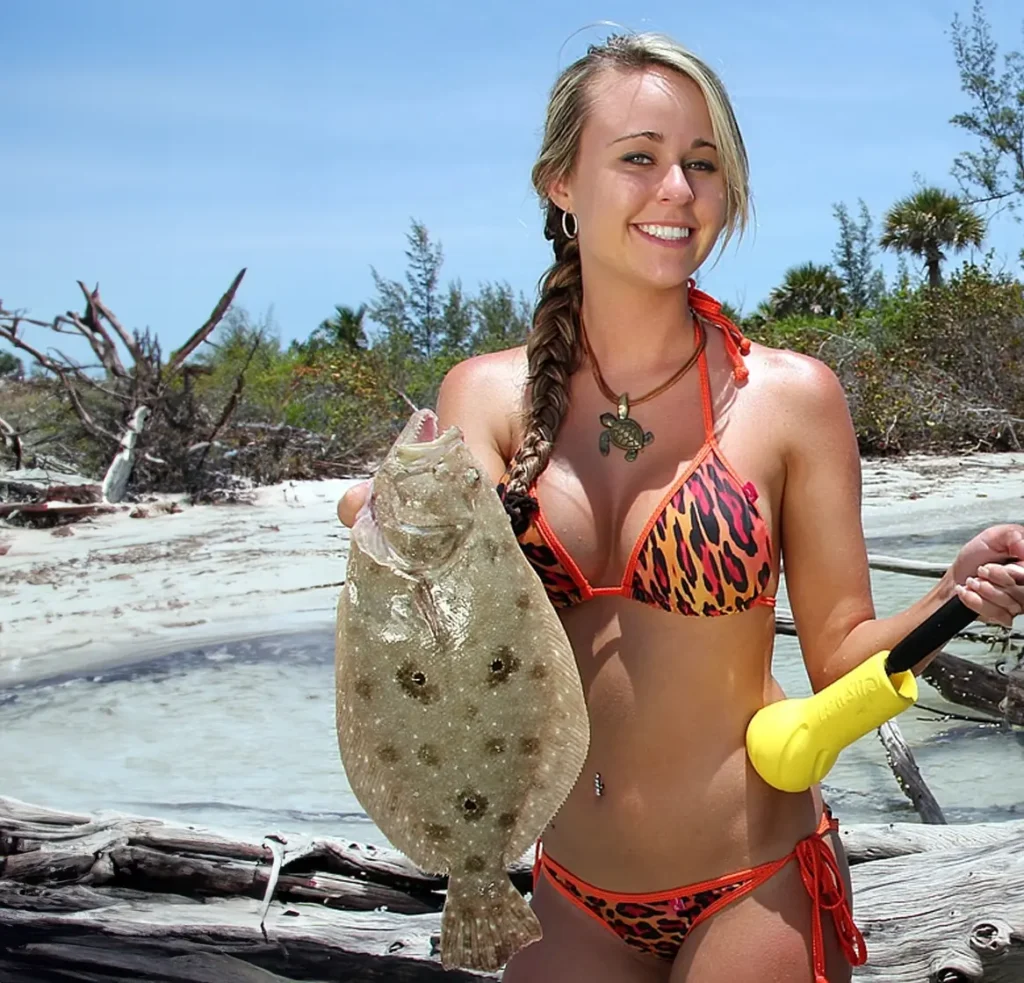
Prime Flounder Fishing Conditions
Optimal Season: Summer
Ideal Conditions: High tide in cooler waters
Prime Locations: Shallow flats, inlets, and areas where rivers meet the ocean
Summer emerges as the ideal season for flounder fishing in Florida, coinciding with favorable high tide conditions that bring these bottom-dwellers within reach. Flounders have a penchant for cooler waters, often found in the transitional zones of shallow flats or near inlets where freshwater rivers blend with the salty ocean.
Flounder Hotspots
While Gulf flounders are widespread, a notable hotspot for flounder fishing is at the mouth of the St. John’s River in Jacksonville. This area, with its mix of underwater structures and dynamic water flows, creates a perfect habitat for flounders, making it a go-to destination for those targeting this species.
Redfish
Redfish, or red drum, hold a prestigious spot in Florida’s fishing circles, celebrated not just for their striking appearance but also for the spirited fight they offer. Among these, the “bull reds” stand out—some of these formidable specimens are known to exceed two decades in age, showcasing the species’ robustness and longevity.
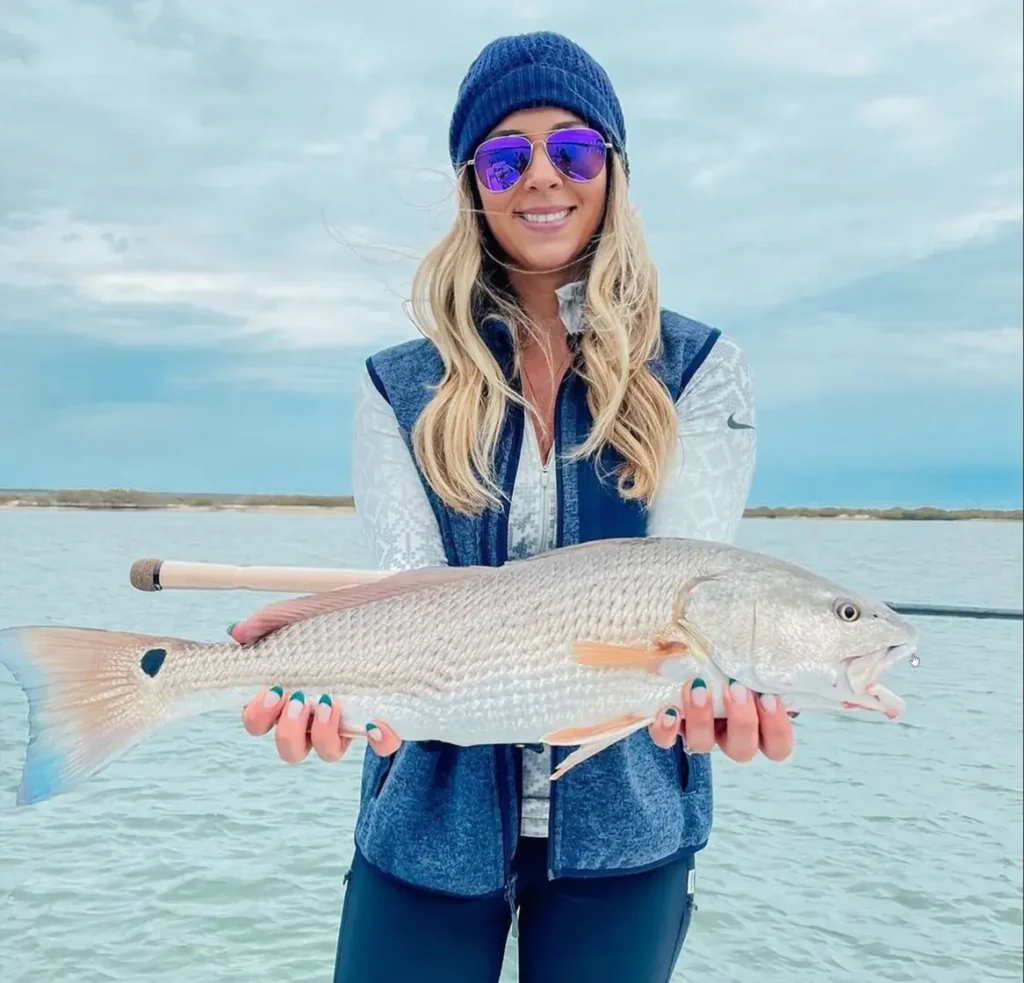
Premier Redfish Destinations
Prime Location: Indian River along the Atlantic Coast
The Indian River, a vital artery along Florida’s Atlantic coastline, is acclaimed as one of the finest venues for redfish fishing. This estuarine environment provides a stable habitat for redfish, where they spend the majority of their adult lives, making it a reliable spot for anglers yearning for the thrill of a catch.
Optimal Fishing Season
Peak Season: Fall
Year-Round Fishing: Redfish are available throughout the year, with varying sizes and abundances.
Fall emerges as the pinnacle season for targeting redfish in Florida, particularly for those aiming to land a trophy-sized bull red. However, the enduring presence of redfish in Florida’s waters ensures that any time of year can yield fruitful outcomes for persistent anglers.
Further Reading
For those seeking an in-depth exploration of redfish fishing in Florida, including nuanced insights into seasonal patterns, techniques, and hotspots, I invite you to delve into the comprehensive guide I’ve prepared. This resource is designed to equip you with the knowledge and strategies to enhance your redfish fishing adventures across Florida’s diverse and abundant waters.
Weakfish & Sea Trout
Seatrout and weakfish, celebrated for their voracious appetites and abundant populations, stand as two of Florida’s most accessible and enjoyable catches. These species, known for their willingness to strike at a wide range of baits and lures, offer anglers consistent action and the joy of a successful day on the water.

Sea Trout Fishing Highlights
Prime Location: Southern Atlantic Coast of Florida
The southern stretch of Florida’s Atlantic Coast is renowned as a haven for sea trout fishing. This area’s diverse habitats, including grassy flats and brackish backwaters, provide the perfect hunting grounds for sea trout, making it a favorite among both novice and experienced anglers.
Weakfish Insights
While weakfish closely resemble their sea trout cousins in behavior and habitat preferences, they can be distinguished by their fewer spots. Despite this subtle difference, weakfish share the same eagerness to feed, making them equally delightful to pursue.
Optimal Season for Weakfish: Winter
Ideal Habitats: Shallow flats and muddy waters
Winter emerges as the peak season for targeting weakfish in Florida, particularly in areas with shallow flats and muddy bottoms. These conditions, coupled with the cooler temperatures, create an ideal environment for weakfish to thrive and feed actively.
Grouper
Grouper, with their robust bodies and formidable strength, are among the most sought-after catches in Florida’s waters. These fish are particularly fond of the state’s warmer waters, with the Florida Keys standing out as a grouper fishing paradise due to their abundant populations.
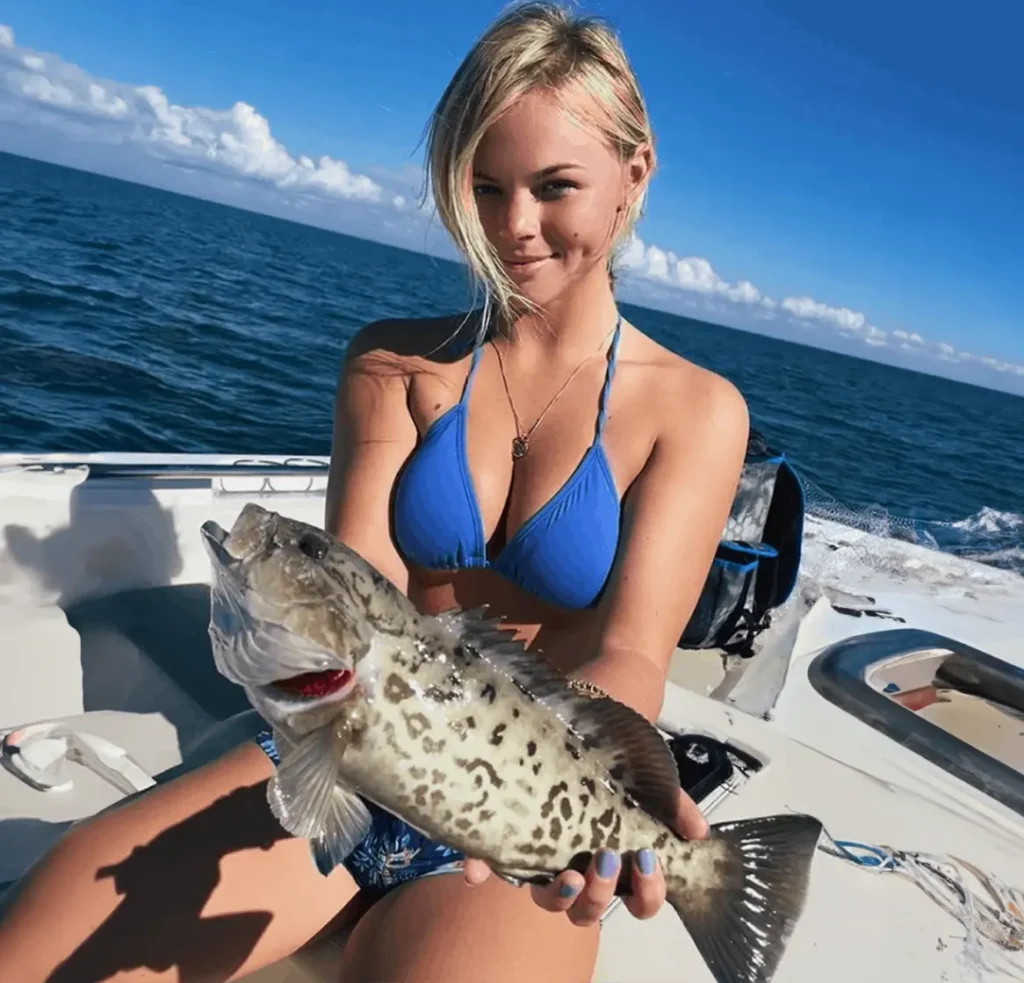
Grouper Fishing in the Florida Keys
Prime Location: Florida Keys
The Florida Keys offer an unparalleled grouper fishing experience, thanks to the vast numbers and variety of grouper species found in this region. The Keys’ unique underwater landscapes, including coral reefs and shipwrecks, provide the ideal habitat for grouper to thrive.
Best Times for Grouper Fishing
Peak Season for Activity: Winter and Spring
During the winter and spring months, grouper are in their spawning phase, marked by heightened activity levels. This makes it an excellent time for anglers to hit the waters, as grouper are more likely to take the bait during these periods.
Optimal Season for Harvest: Summer
It’s important to note that while winter offers great fishing opportunities, regulations often prohibit keeping grouper during these months to protect their populations during the spawning season. For those looking to enjoy their catch at the dinner table, the summer months are the best time to target grouper, when regulations are more relaxed, and the fish are still plentiful.
Snapper
Snapper fishing in Florida is a rewarding endeavor, given the state’s abundance of over 15 snapper species, each promising a delicious addition to any seafood feast. These fish are particularly fond of Florida’s warm waters, with their activity and availability peaking during the summer months.

Snapper Fishing Essentials
Optimal Season: Summer
The summer season, with its warmer waters, is the prime time for snapper fishing in Florida. During this period, snapper are more active and are drawn closer to the surface, making them more accessible to anglers.
Habitat Preferences: Structures
Snappers have a strong affinity for underwater structures, ranging from man-made objects like bridges and piers to natural formations such as reefs and wrecks. These environments offer shelter and abundant feeding opportunities, making them hotspots for snapper fishing.
Prime Snapper Locations
Top Locations: Atlantic Coast and Gulf Stream
The Atlantic Coast, with its proximity to the nutrient-rich Gulf Stream, is an ideal location for targeting snapper. The Gulf Stream’s warm currents bring a diversity of marine life, including snapper, closer to the coast, providing excellent fishing opportunities.
Considerations for Off-Peak Seasons
While summer stands out as the best season for snapper fishing, the winter months still hold potential, albeit with slightly reduced chances of a catch. Snapper can still be found near structures, even in cooler waters, though anglers may need to venture deeper to find schools of snapper during this time.
Sharks
Shark fishing in Florida offers an adrenaline-pumping adventure that’s not suited for everyone. It demands not only courage but also a certain level of skill and knowledge from the angler. Sharks are strategic feeders, preferring areas where shallow waters provide ample feeding opportunities but are also in close proximity to the safety of deeper waters.
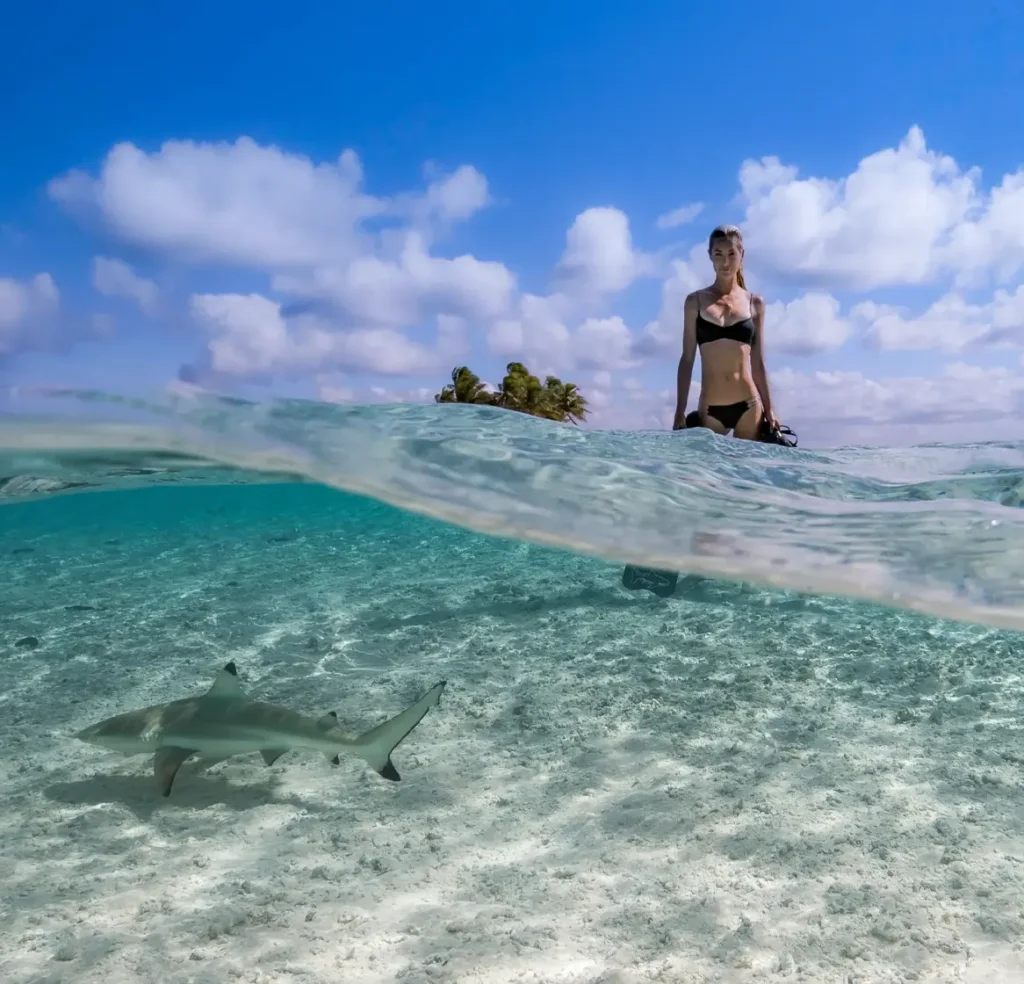
Shark Fishing Insights
Optimal Season: Summer
The warmth of the summer months creates ideal conditions for shark fishing in Florida. During this time, the water temperature rises, encouraging sharks to frequent the coastal areas for feeding, making them more accessible to anglers.
Prime Location: Atlantic Coast
The Atlantic Coast of Florida, with its unique geographical features, serves as a prime hotspot for shark fishing. This region offers the perfect blend of shallow feeding grounds and adjacent deep-water retreats that sharks prefer.
Off-Peak Season Considerations
While summer stands out as the peak season for shark fishing, the winter months see a significant decline in shark activity along Florida’s coastlines. Many species migrate towards the warmer southern waters during this time, reducing the likelihood of encounters in the usual fishing spots.
Embarking on a shark fishing expedition in Florida is a thrilling pursuit that promises not just a catch, but an unforgettable experience. This guide is designed to steer you towards the best times and places for encountering these magnificent predators. Whether you’re an experienced shark angler or looking to tackle this challenge for the first time, understanding the habits and habitats of Florida’s sharks is crucial. If you’re in need of further advice or specific tips, I’m here to help guide your adventure.
Largemouth Bass
Largemouth bass fishing holds a special place in the heart of anglers who cherish the serenity and challenge of Florida’s freshwater lakes. This species, known for its aggressive strikes and aerial acrobatics, provides year-round excitement, thanks to Florida’s abundant water bodies and favorable climate.\
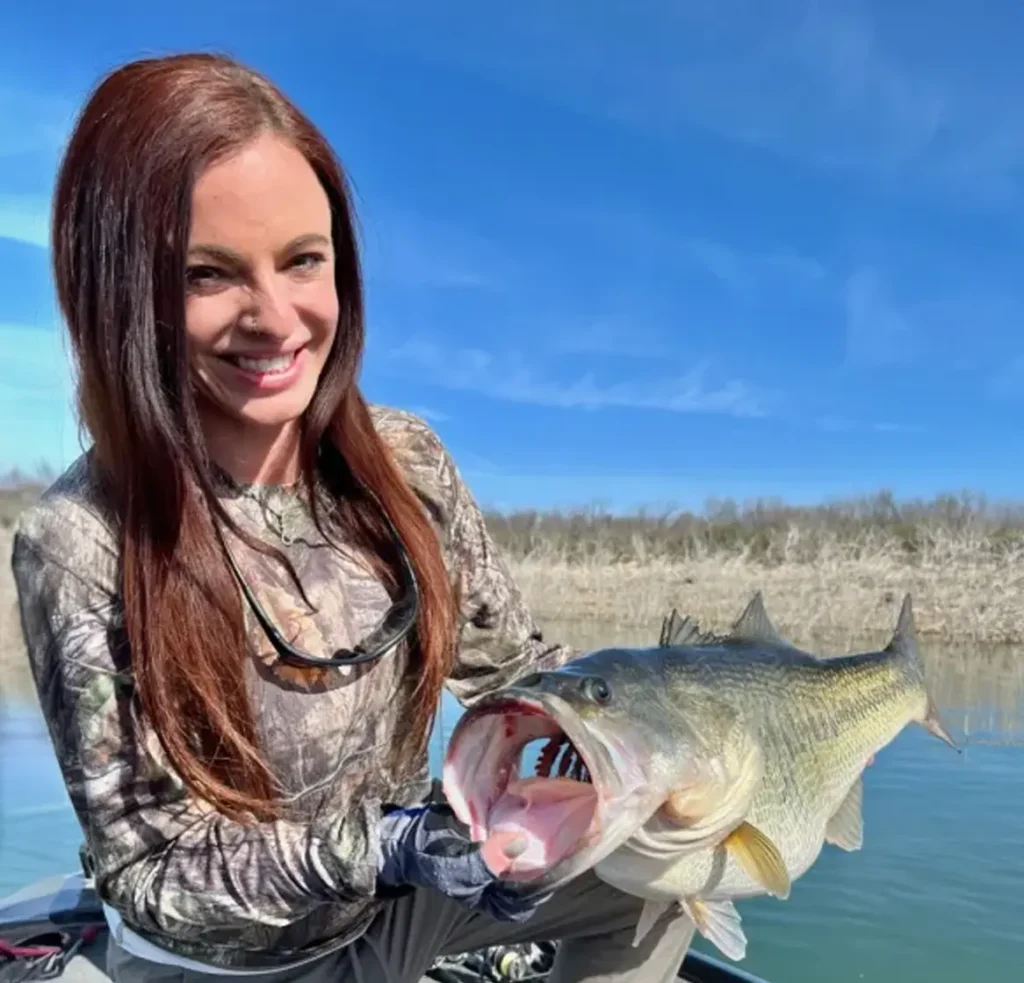
Prime Seasons for Largemouth Bass
Optimal Time: Spring and Summer
While largemouth bass can be caught throughout the year in Florida, the spring and summer months offer the most dynamic fishing experience. During these seasons, bass are more active and engaged in feeding and spawning behaviors, increasing the chances for anglers to land a trophy fish.
Best Locations for Bass Fishing
Florida’s landscape is dotted with countless lakes, each with its own thriving largemouth bass population. This ubiquity makes it challenging to pinpoint a single best location for bass fishing. Instead, the focus should be on exploring the lakes that are most accessible and appealing based on your travel plans and personal preferences.
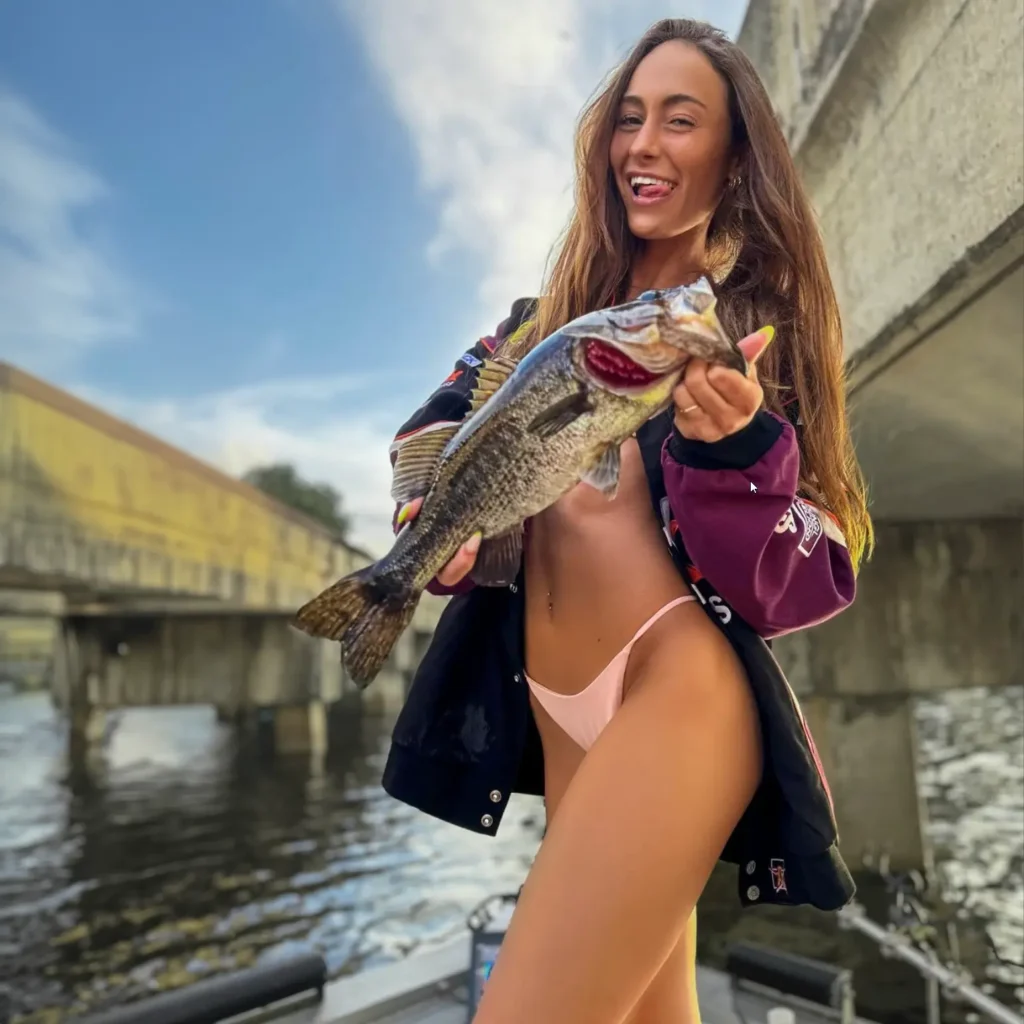
Fishing Approach: Self-guided Adventure
One of the joys of bass fishing in Florida is the accessibility and simplicity of the pursuit. There’s no need for charters or guides; all you require is your fishing gear and a spirit of adventure. Whether you’re fishing from the shore, a dock, or a small boat, the experience of tracking down largemouth bass in Florida’s lakes is both rewarding and exhilarating.
Alligator Gar
Alligator gar, often referred to as the “monster fish” of freshwater, present a unique and thrilling challenge for anglers. Their impressive size, with some specimens reaching up to 6 feet in length and tipping the scales at around 100 pounds, makes them a formidable quarry. The experience of hooking into an alligator gar is unparalleled, offering a test of skill, strength, and endurance.
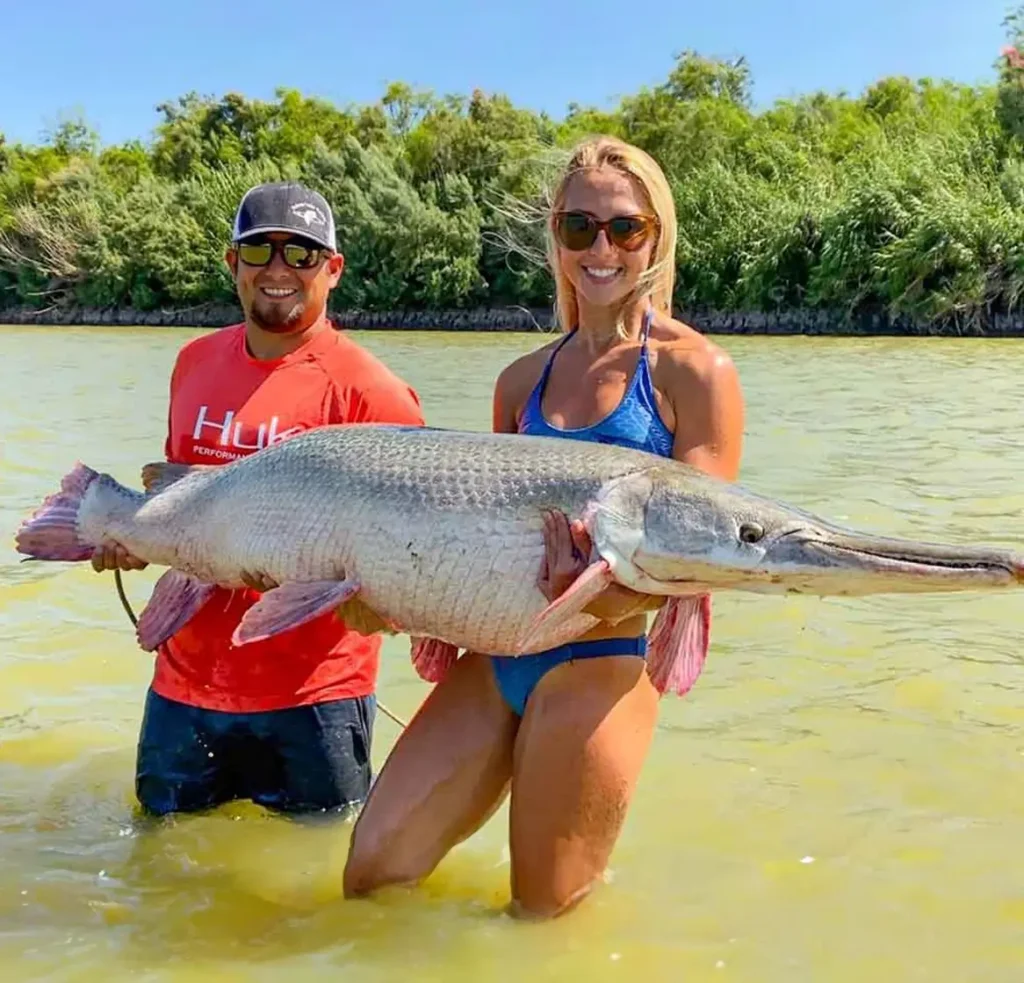
Prime Location for Alligator Gar Fishing
Best Area: Northwest Florida Panhandle
The northwest section of the Florida Panhandle is renowned as the prime habitat for alligator gar within the state. This region’s waterways provide the ideal conditions for these giants, and unlike other areas in Florida, the Panhandle supports a stable population of alligator gar, making it the go-to destination for anglers seeking this species.
Fishing Season and Regulations
Fishing Season: Year-Round
Alligator gar can be targeted throughout the year in Florida, thanks to the state’s mild climate and the resilient nature of these fish. However, anglers should be mindful of Florida’s specific regulations regarding alligator gar fishing.
Regulations: Catch and Release
Florida maintains a strict catch-and-release policy for alligator gar, underscoring the importance of conservation and sustainable fishing practices. Exceptions are made only for those who have obtained a special research license, emphasizing the state’s commitment to preserving its unique aquatic ecosystems.
Crappie
Crappie fishing, often regarded as a cornerstone of freshwater angling, thrives in Florida’s abundant lakes and waterways. Known for their schooling nature and delicious taste, crappies provide a rewarding experience for anglers of all skill levels. Florida, with its rich aquatic ecosystems, hosts a vibrant population of crappie, making it an ideal destination for enthusiasts of this panfish species.
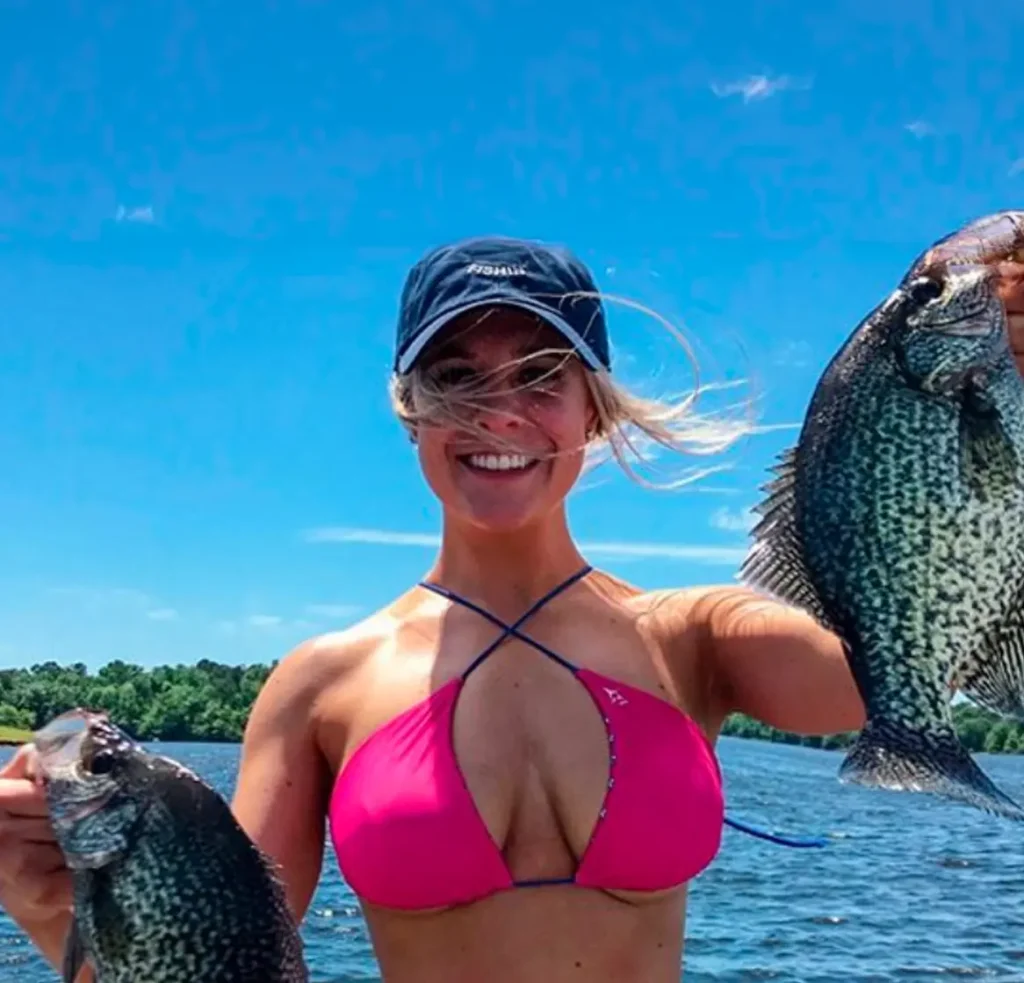
Prime Time for Crappie Fishing
Optimal Seasons: Late Fall and Early Spring
The transition periods of late fall and early spring are particularly fruitful for crappie fishing in Florida. During these times, crappies are more active and often move to shallower waters for spawning, making them more accessible. However, the summer months also offer exciting opportunities, especially in the early mornings and late evenings when crappies are more likely to feed.
Locating Crappie
Key Habitats: Structure and Deeper Waters
Crappies have an affinity for areas with ample structure, such as submerged logs, brush piles, and man-made fish attractors. These structures provide crappies with cover and abundant feeding opportunities, attracting schools of fish. Deeper waters, especially near such structures, can be particularly productive, especially during the hotter parts of the day when crappies retreat from the warmth.
Fishing Strategy
Upon locating a school of crappie, anglers can often enjoy continuous action, reeling in one fish after another. The key is to maintain a quiet approach and use light tackle with small jigs or live minnows, as crappies can be wary of large or intrusive lures.
Peacock Bass
Peacock bass, with their vibrant hues and aggressive demeanor, offer a unique angling experience in Florida’s freshwater ecosystems. Native to South America, these colorful fighters have established a thriving population in the warm waters of South Florida, providing anglers with a tropical fishing adventure without leaving the United States.
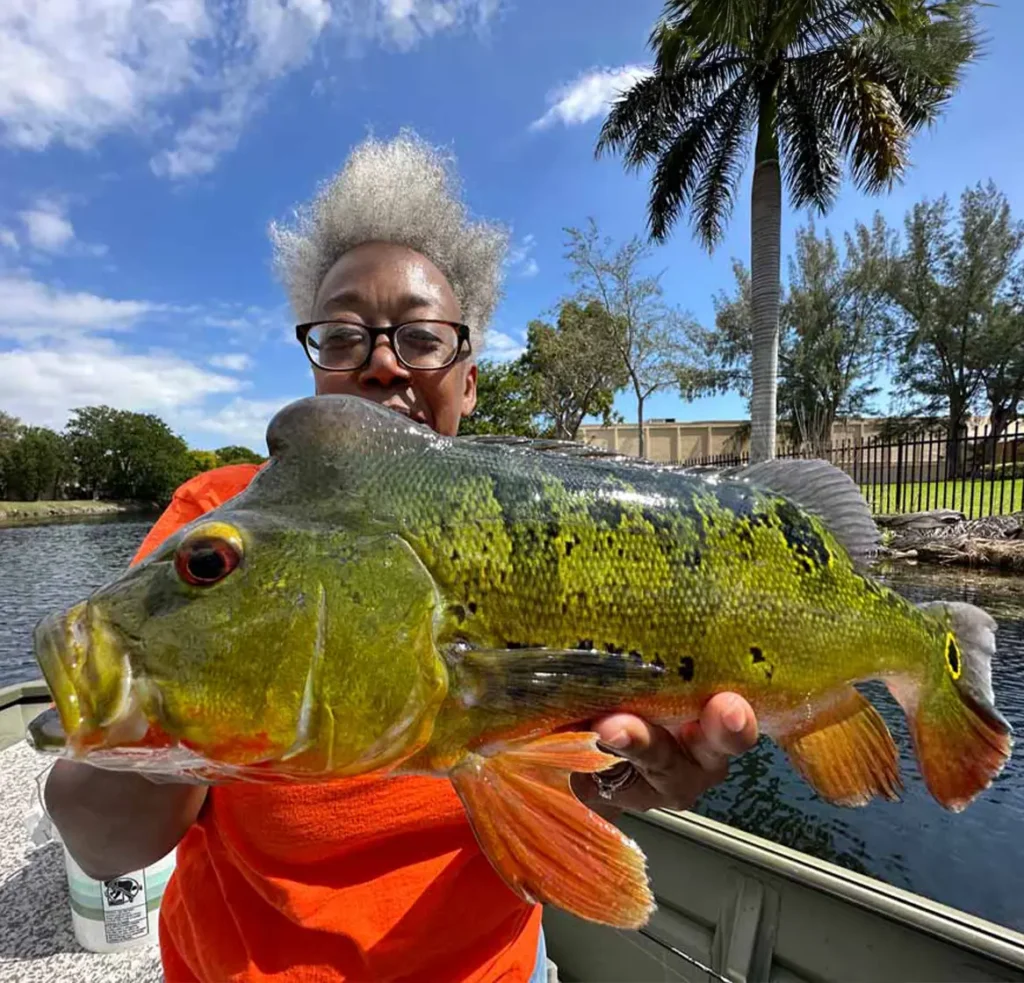
Optimal Habitat and Locations
Prime Location: South Florida, particularly in the Miami-Dade and Broward County canals and lakes.
Peacock bass favor warm, clear waters with abundant structure, such as rock piles, bridge pilings, and submerged trees. These environments not only offer shelter but also attract the small fish and insects that peacock bass prey upon.
Best Times for Peacock Bass Fishing
Peacock bass are most active and easiest to catch during the warmer months of the year, from late spring through early fall. The heat of the summer, in particular, sees these fish at their most aggressive, making it an ideal time for anglers to experience the exhilarating fight peacock bass are known for.
Fishing Techniques and Tips
Effective techniques for catching peacock bass include sight fishing with light tackle, fly fishing, and using live bait such as shiners. Brightly colored lures and flies that mimic the appearance of small fish or insects can be especially successful. Due to their territorial nature, peacock bass often strike out of aggression, providing a thrilling challenge for anglers.
Conservation and Regulations
It’s important to note that peacock bass are a valuable part of Florida’s freshwater fishery and are subject to specific regulations to ensure their continued success. Catch and release are encouraged to maintain healthy populations and ensure that these vibrant fish continue to thrive in Florida’s waters.
Peacock Bass fishing in Florida offers a distinctive and memorable angling experience, blending the thrill of the catch with the beauty of Florida’s tropical landscape. Whether you’re a seasoned angler or new to the sport, pursuing peacock bass promises both challenge and reward. For those looking to make the most of their peacock bass fishing adventure, consider exploring local guides and charters that specialize in these exotic fighters.
Booking a Guide or Charter in Florida
To fully immerse yourself in the vibrant saltwater fishing scene of Florida, engaging a professional guide or charter can significantly enhance your experience. Regardless of your chosen locale within the state, a plethora of charter services awaits to usher you into the vast expanse of the deep sea. Offshore fishing adventures promise thrilling encounters with some of the ocean’s most coveted species, but the guidance doesn’t end at the coast.
Exploring Inland Waters with a Guide
Beyond the allure of the saltwater, Florida’s freshwater scene is equally rich with guided opportunities. The state’s larger lakes, teeming with diverse fish populations, often feature seasoned local guides. These experts are invaluable in navigating the expansive waters and pinpointing the most fruitful fishing spots.
Lake Okeechobee: A Freshwater Jewel
Among these freshwater giants stands Lake Okeechobee, sprawling over 730 square miles. Renowned as Florida’s freshwater crown jewel, it hosts an impressive array of species, offering anglers a comprehensive snapshot of Florida’s inland angling potential.
The Value of a Guided Fishing Experience
Opting for a guide or charter service, whether in pursuit of saltwater giants or freshwater trophies, provides several advantages:
- Local Knowledge: Guides possess an intimate understanding of local waters, including seasonal patterns, fish behavior, and hidden spots.
- Skill Enhancement: They offer personalized tips and techniques, catering to both novices and seasoned anglers, to refine your fishing skills.
- Equipment and Convenience: Most charters come equipped with all necessary gear, allowing you to focus on the experience without the hassle of logistics.
Best Season for Charters
Securing a fishing charter in Florida offers a gateway to the state’s diverse and abundant marine life, with options available throughout the year to suit various angling preferences. To optimize your charter experience, it’s essential to align your booking with the specific species you’re targeting and the type of fishing that excites you most.
Timing Your Charter for Optimal Fishing
Offshore Fishing Charters
The prime window for offshore charters unfolds from late spring through early fall, reaching its zenith in the summer months. This period is especially favorable for encountering a broad spectrum of pelagic species in their most active state.
Booking Strategies
Due to the high demand for Florida’s top-tier fishing experiences, particularly during peak seasons, it’s wise to plan your charter well in advance. Many of the most sought-after charters experience booking surges, filling their calendars months ahead of time. Early reservation not only secures your spot but also ensures you’re matched with a charter that best fits your fishing goals and preferences.
Considerations for Seasonal Variations
While summer stands out for offshore adventures, each season in Florida presents unique fishing opportunities worth exploring:
- Spring: Marks the arrival of many migratory species, offering dynamic inshore and nearshore fishing.
- Fall: Provides a second wave of activity as temperatures begin to cool, prompting another round of migrations.
- Winter: Though quieter, still offers rewarding fishing, particularly in South Florida and the Keys, where warmer waters attract a variety of species.
Best Time of Day for Fishing Charter in Florida
Engaging in a fishing charter in Florida offers a gateway to the state’s abundant marine life, with the timing of your excursion playing a pivotal role in its success. The behavioral patterns of fish, influenced by various environmental factors, dictate their activity levels throughout the day.
Peak Activity Hours
Fish in Florida’s waters are predominantly more active during the cooler, quieter hours of early morning and the transitionary period of late afternoon into evening. This trend is particularly pronounced during the summer, when the heat of midday can lead to a lull in fish activity.
Influence of Tides
The summer months also bring about a unique celestial proximity, with the moon closer to Florida, resulting in more pronounced tidal movements. These tidal shifts, occurring predominantly in the early morning and late afternoon, stimulate marine life and can lead to increased feeding activity. Consequently, planning your charter around these times can significantly enhance your chances of a successful outing.
Morning Advantage
Given these factors, the morning hours emerge as the prime time for embarking on a fishing charter in Florida. Not only do you capitalize on the first major tidal movement of the day, but you also enjoy the tranquility and cooler temperatures of the morning, making for an ideal fishing setting.
Are Charters Required to Catch Fish in Florida?
The necessity of booking a fishing charter in Florida largely hinges on the specific fishing experience you seek and the species you aim to target. While the vast and varied waters of Florida offer ample opportunities for anglers of all types, certain adventures do indeed call for the specialized access and expertise that charters provide.
Deep Sea Targets
For those with aspirations of landing majestic game fish like marlin, sailfish, or trophy-sized mahi-mahi, a charter becomes an essential part of the equation. These species typically dwell in the deeper offshore waters, far beyond the reach of shore-based fishing methods. Charters equipped with the necessary gear and navigational expertise can transport you to these prime fishing grounds, significantly enhancing your chances of a successful catch.
Inshore and Freshwater Alternatives
Conversely, Florida’s rich inshore waters and abundant freshwater systems offer a multitude of fishing opportunities that don’t necessarily require a charter. Species such as bass in the state’s lakes or snook and flounder in the coastal flats can often be pursued successfully from shorelines, piers, or small personal watercraft.
Tailoring Your Experience
Ultimately, the decision to book a charter should be informed by your personal fishing goals, experience level, and the specific species you wish to pursue. For novice anglers or those unfamiliar with Florida’s diverse aquatic environments, a charter can also offer valuable insights and guidance, enhancing the overall fishing experience.

